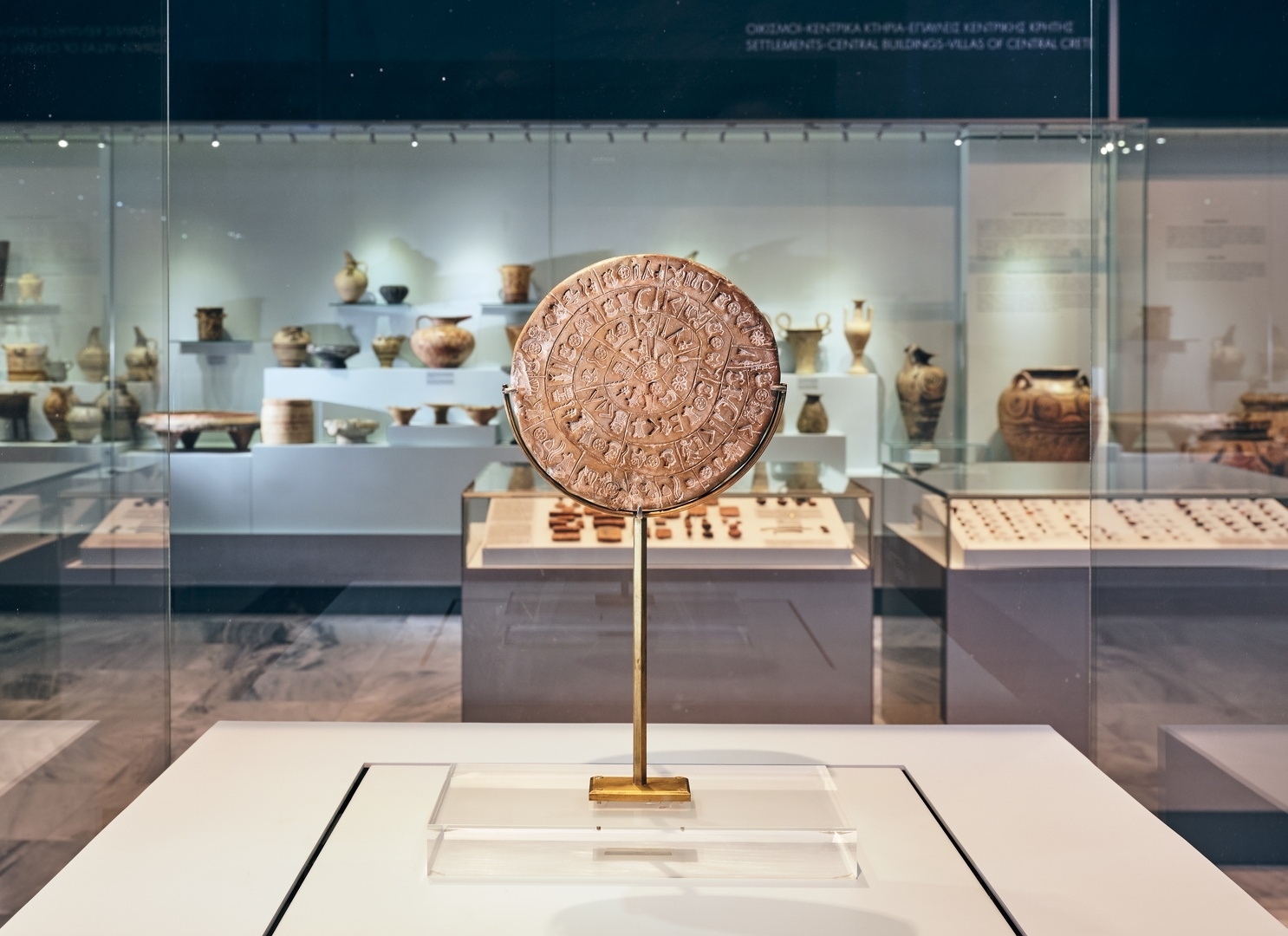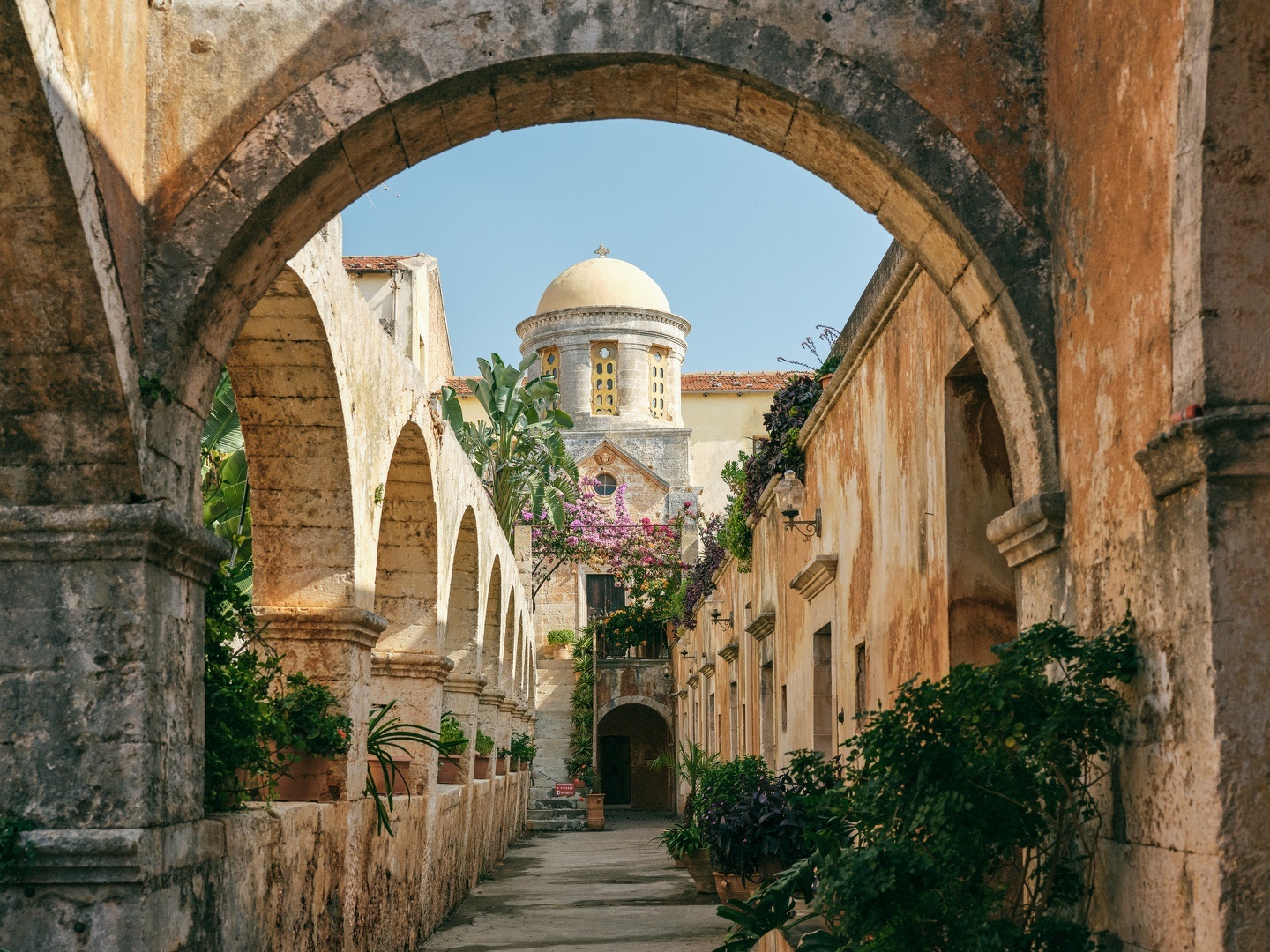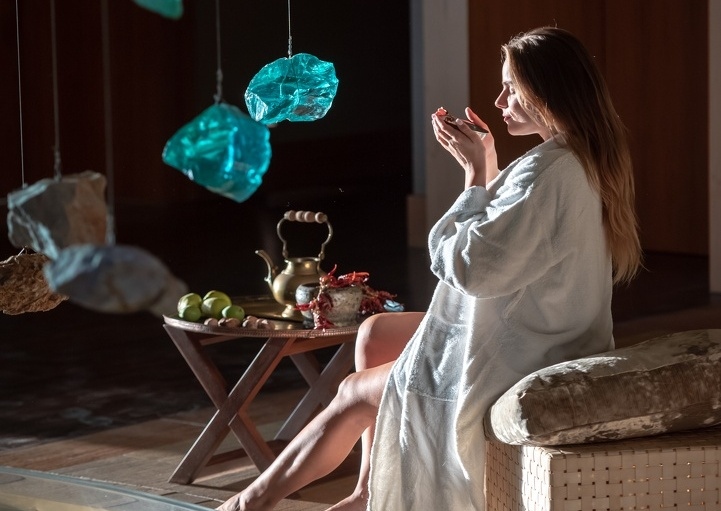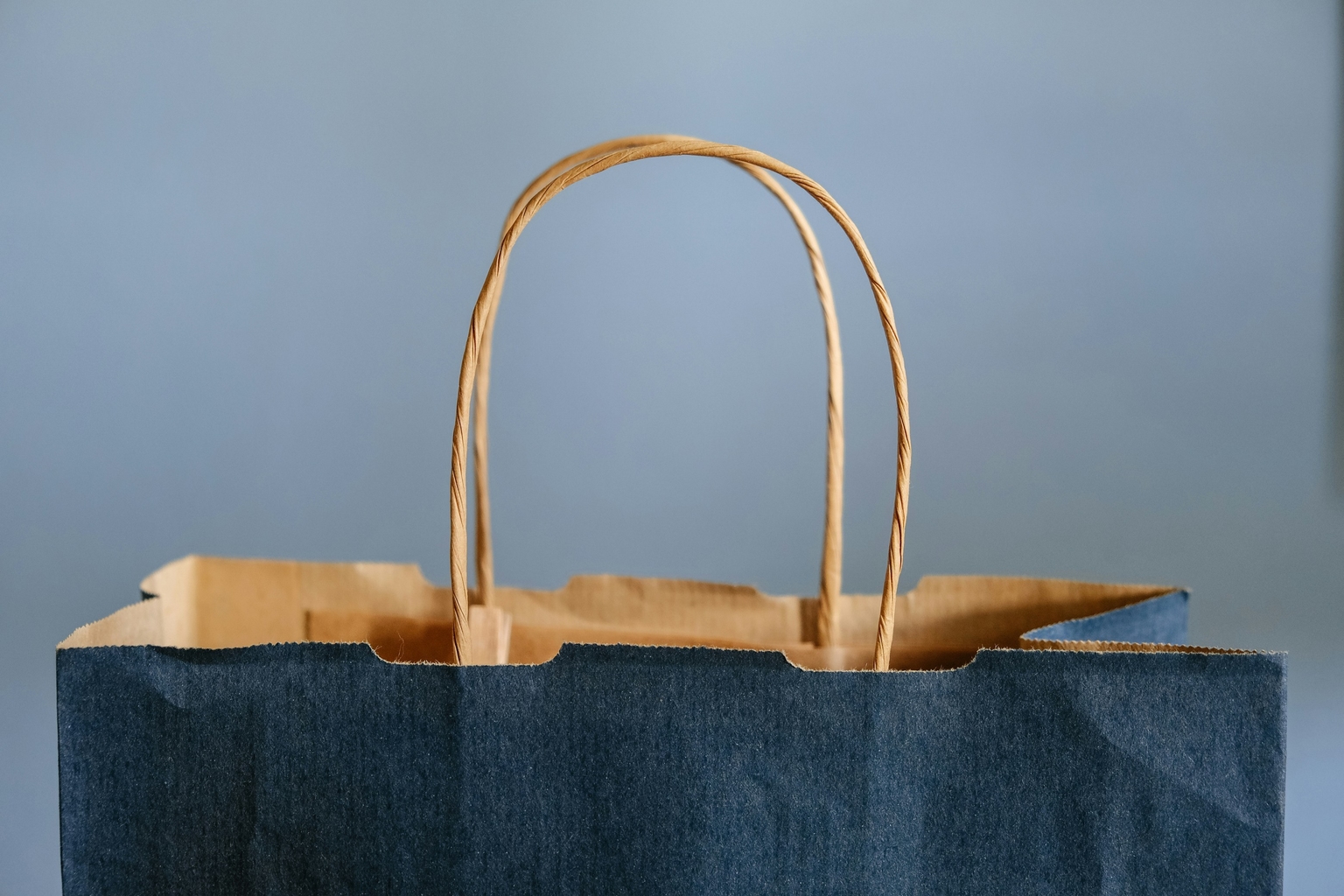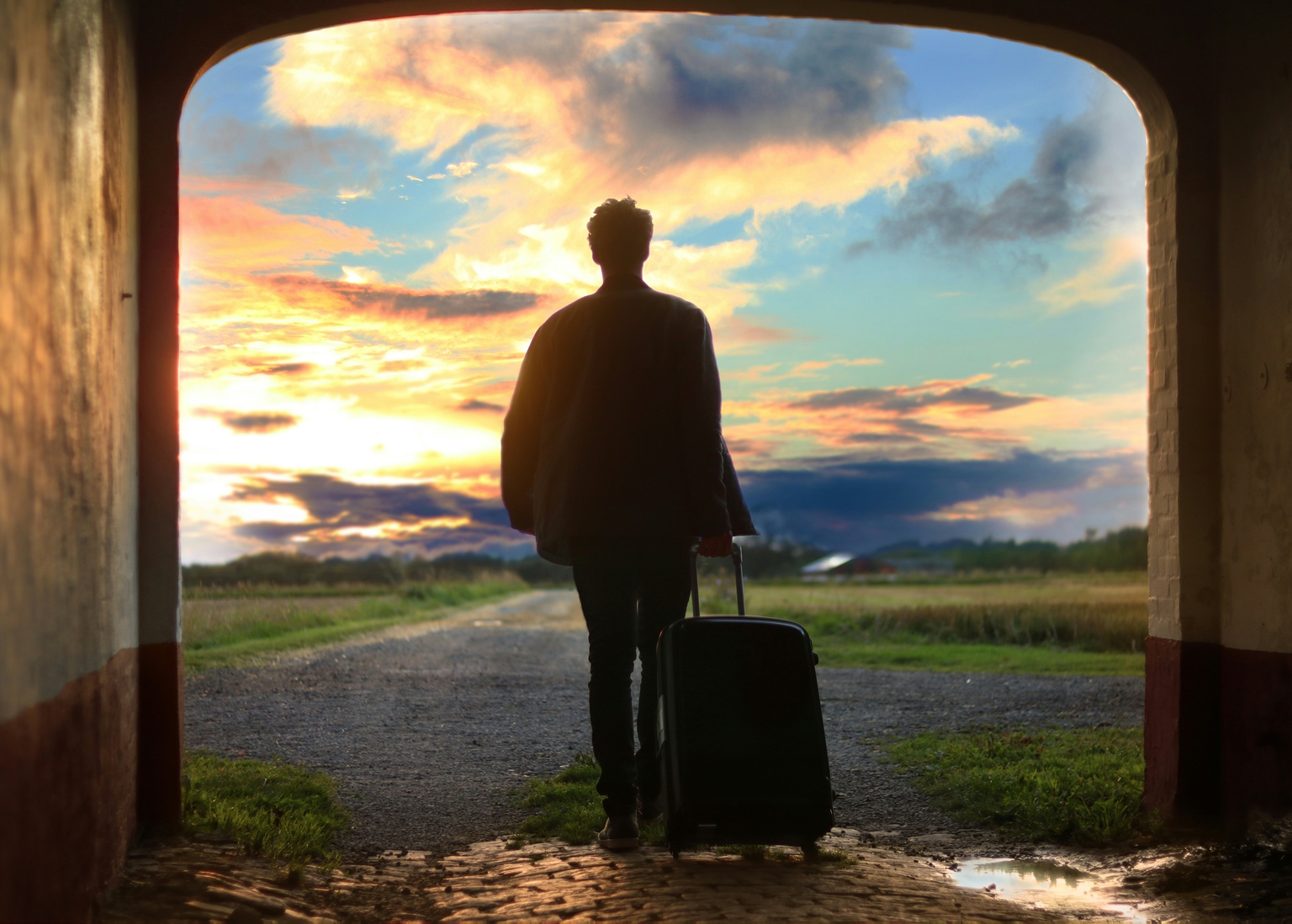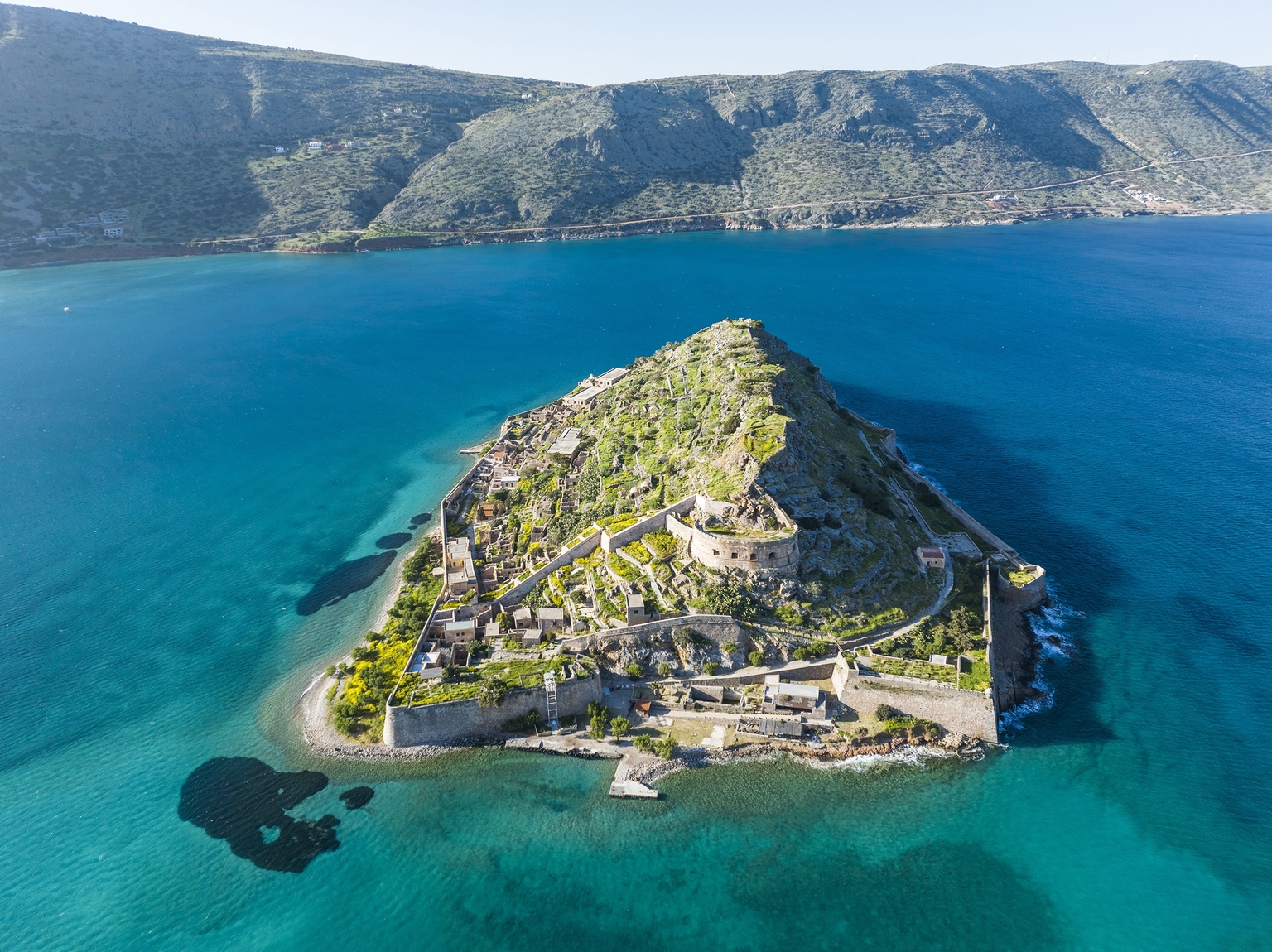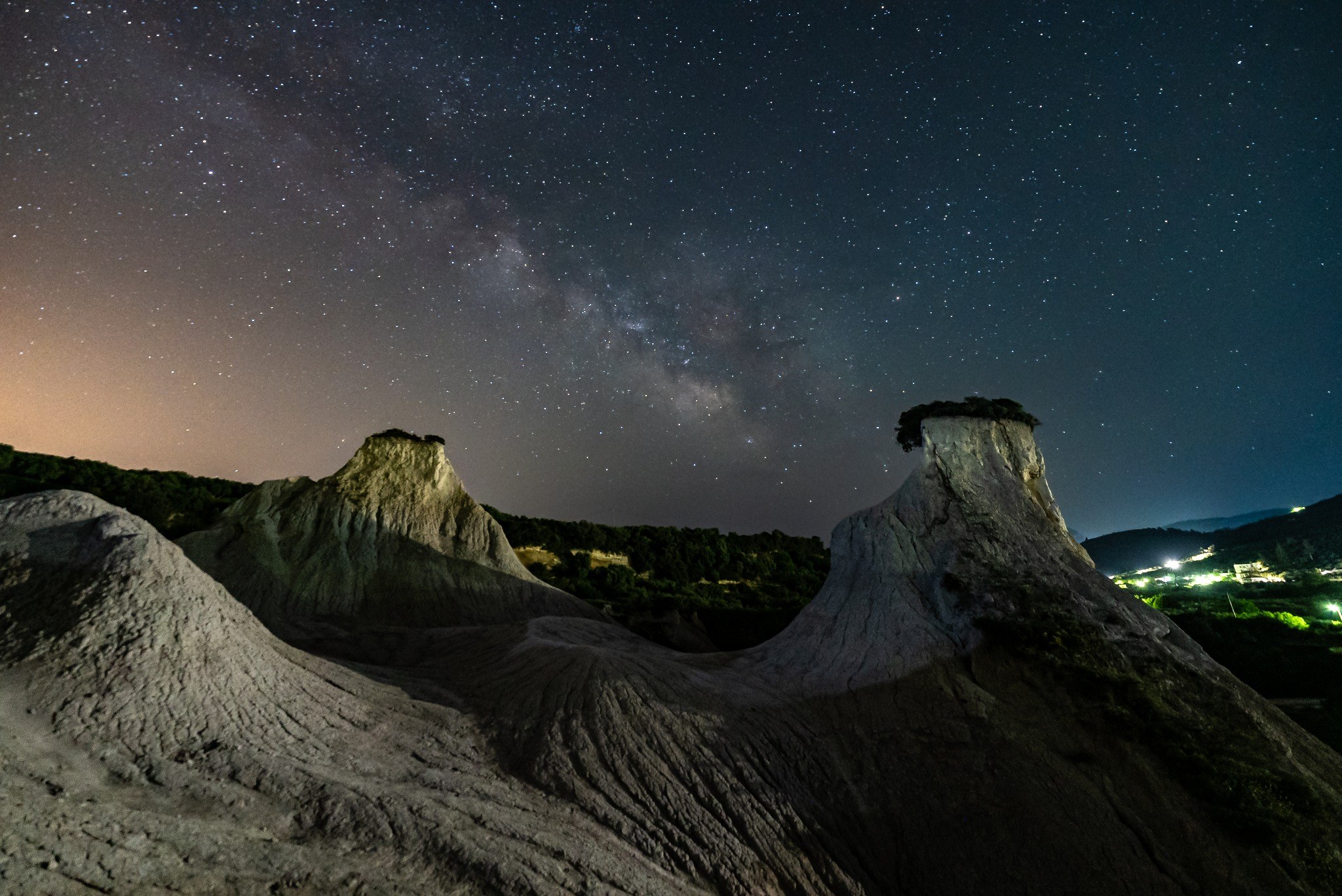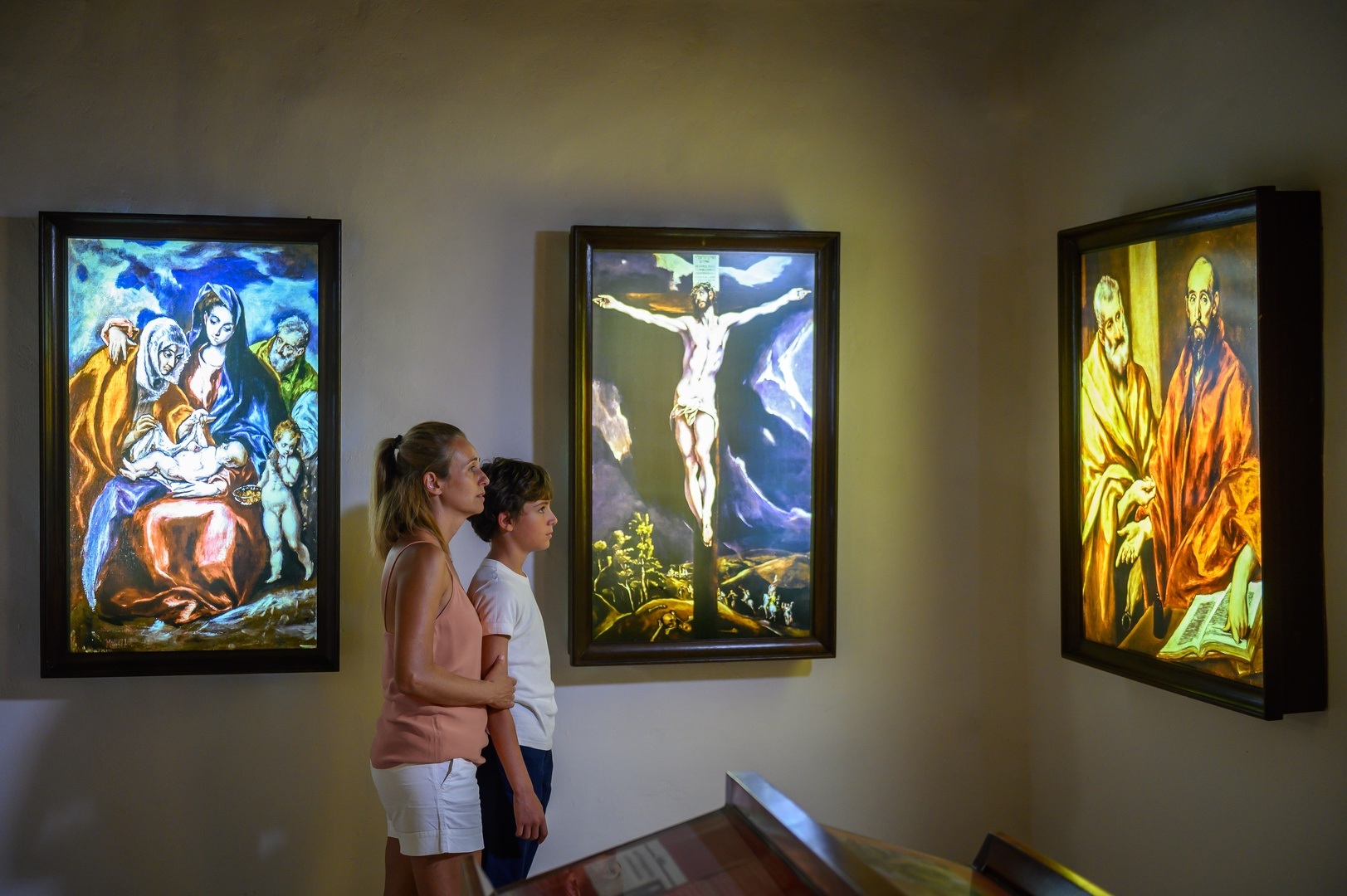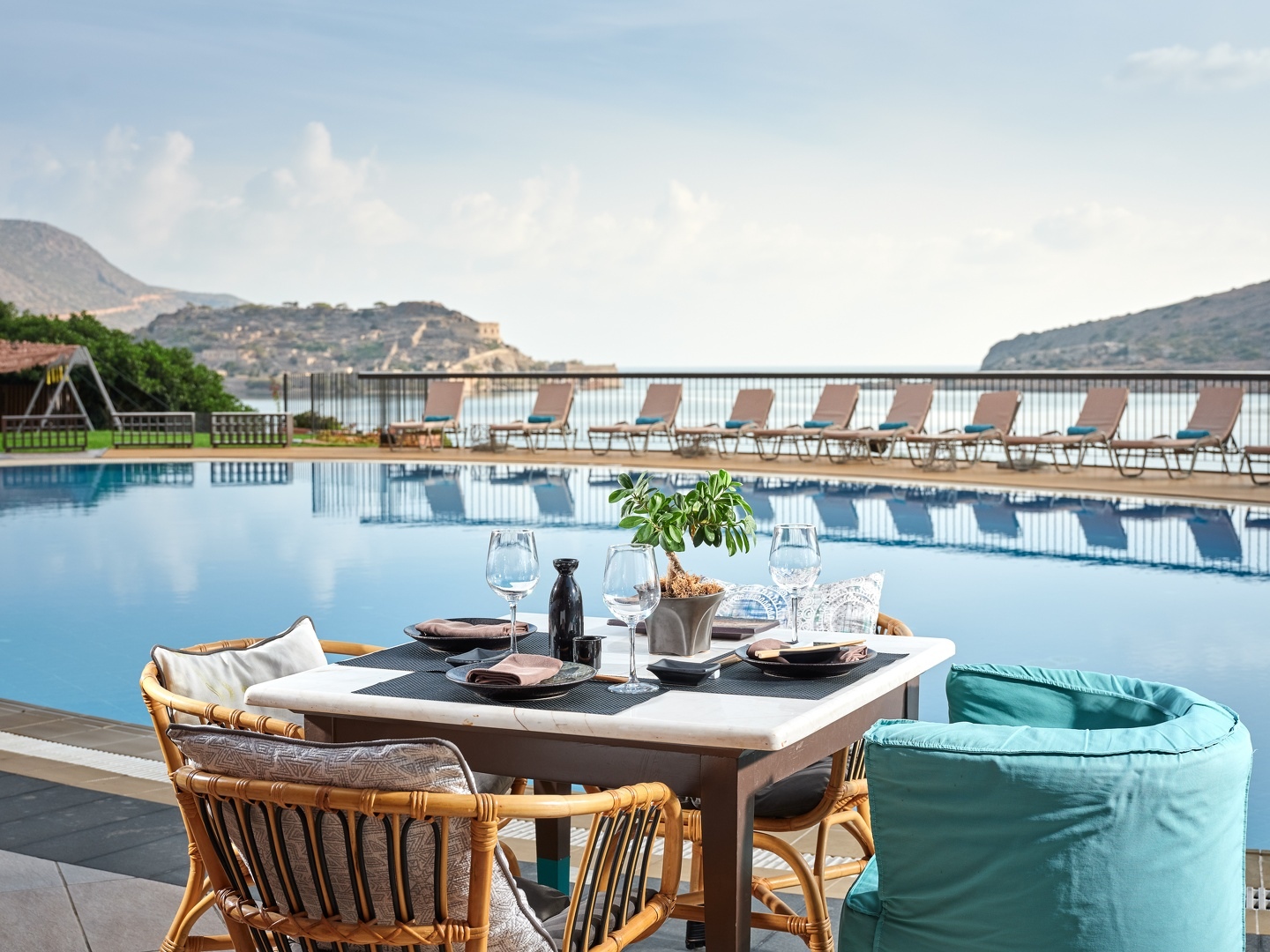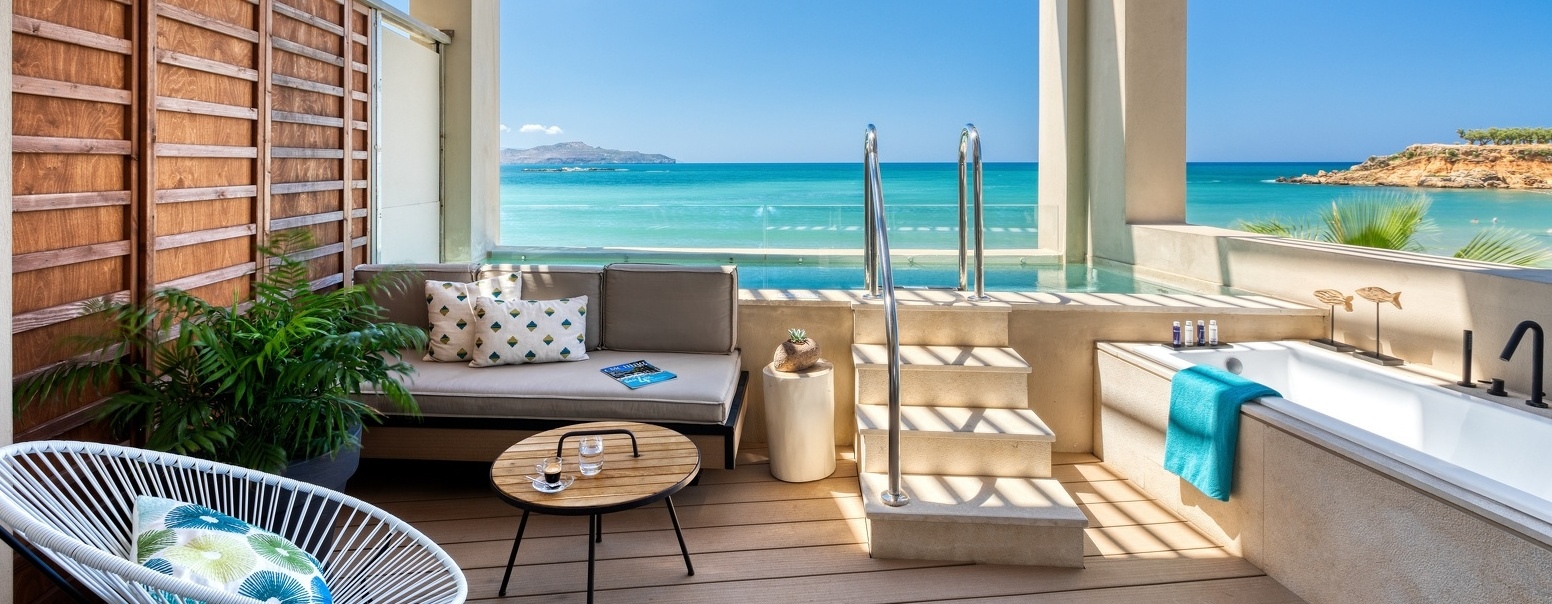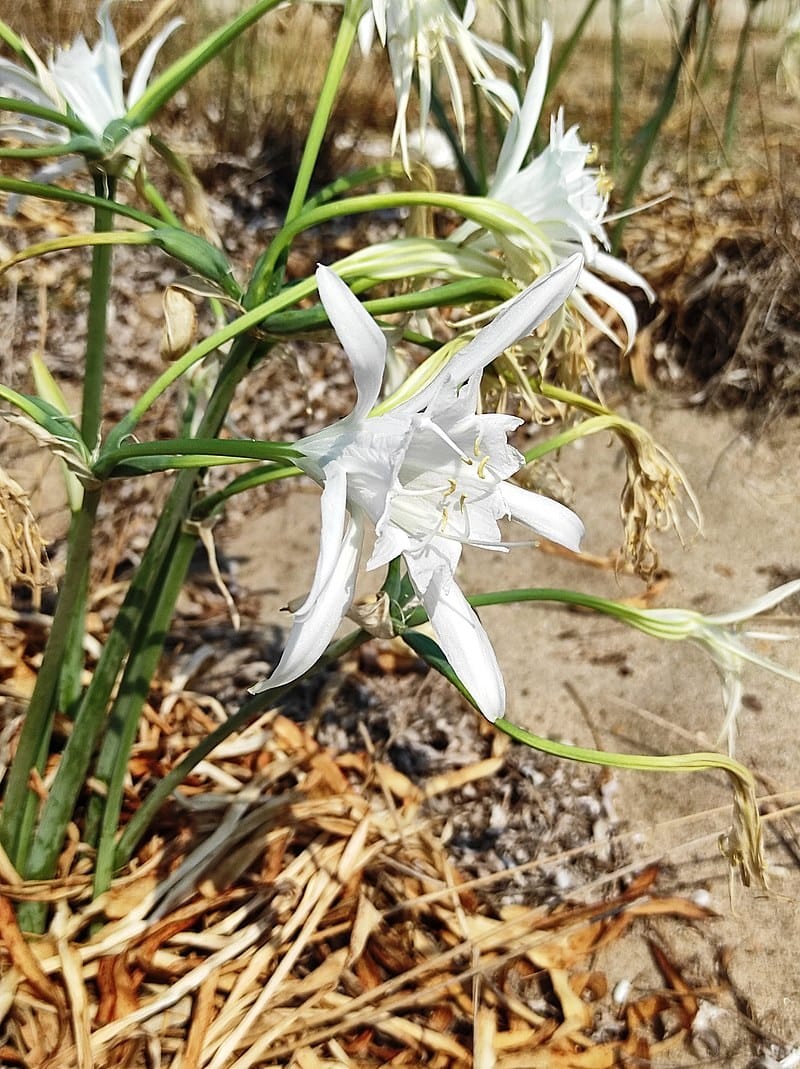
The sea lily, also known as the sand lily, is recognised worldwide as a symbol of beauty and purity.
The sea lily (Pancratium maritimum), also known as lily of Knossos, saffron, or crocus, is one of the most characteristic plants found on the beaches of Crete. Its fragrance is delightful, and its flowers are beautiful.
The sea lily is renowned worldwide as a symbol of beauty and purity. Its fame has spread to all corners of the globe, thanks in part to its depiction in the frescoes of the Minoan palaces. In these ancient frescoes, the flower is depicted alongside the Prince of Knossos in the Minoan villa of Amnissos.
This plant typically blankets the dunes of Crete from August to October, but in recent years, its population has dwindled, leading to its classification as an endangered species. The sea lily is characterised by its bulbous growth and a sturdy stem resembling that of a reed, which can reach a height of 40 cm. Its roots extend as deep as 1.5 metres into the ground. The flowers of this lily are noteworthy for their large, fragrant, white petals adorned with yellow anthers resting upon the stamens.
The blossoms of this lily unfurl in the evening, precisely when the night butterflies of the Agrius convolvuli species emerge to start their pollination work. It is a distinctive feature that these plants reproduce during this specific time of the year, coinciding with the appearance of these butterflies.
The plant's tiny black seeds are dispersed by the wind or through water, floating in the sea. These seeds have the ability to germinate on other beaches after a period of 5 years. Simultaneously, the plant can also be propagated through its bulbs.
Indeed, the sea lily has been recognised since ancient times for its medicinal properties. It is utilised as a tonic and possesses antibacterial, antifungal, anti-inflammatory, and antiparasitic properties.

The flora of Crete
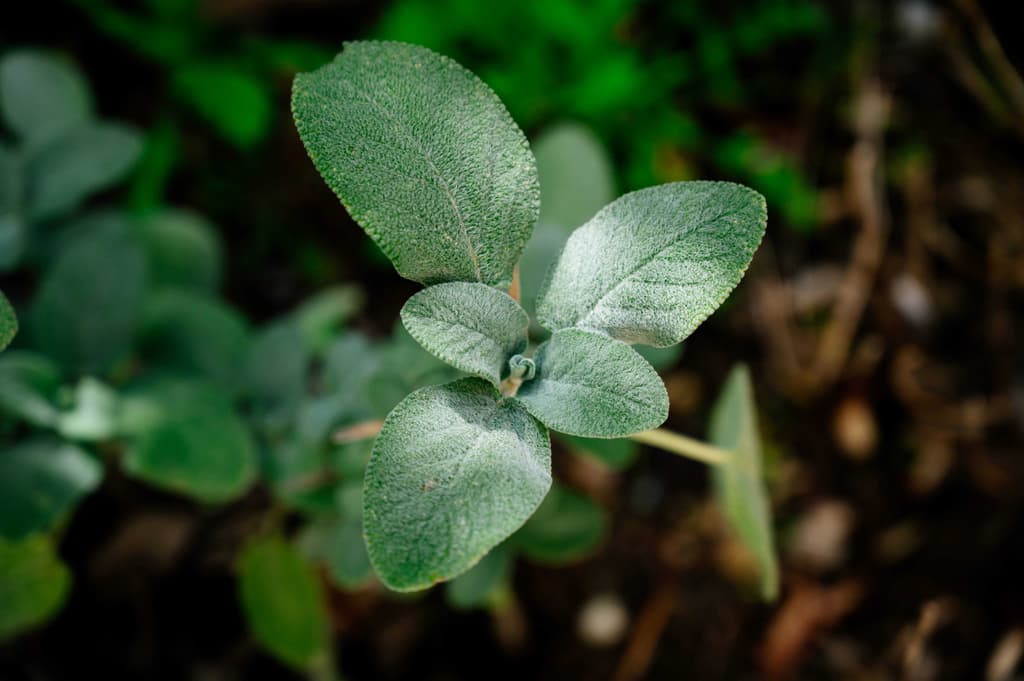
Greek Sage

Cretan Oregano or Cretan Marjoram
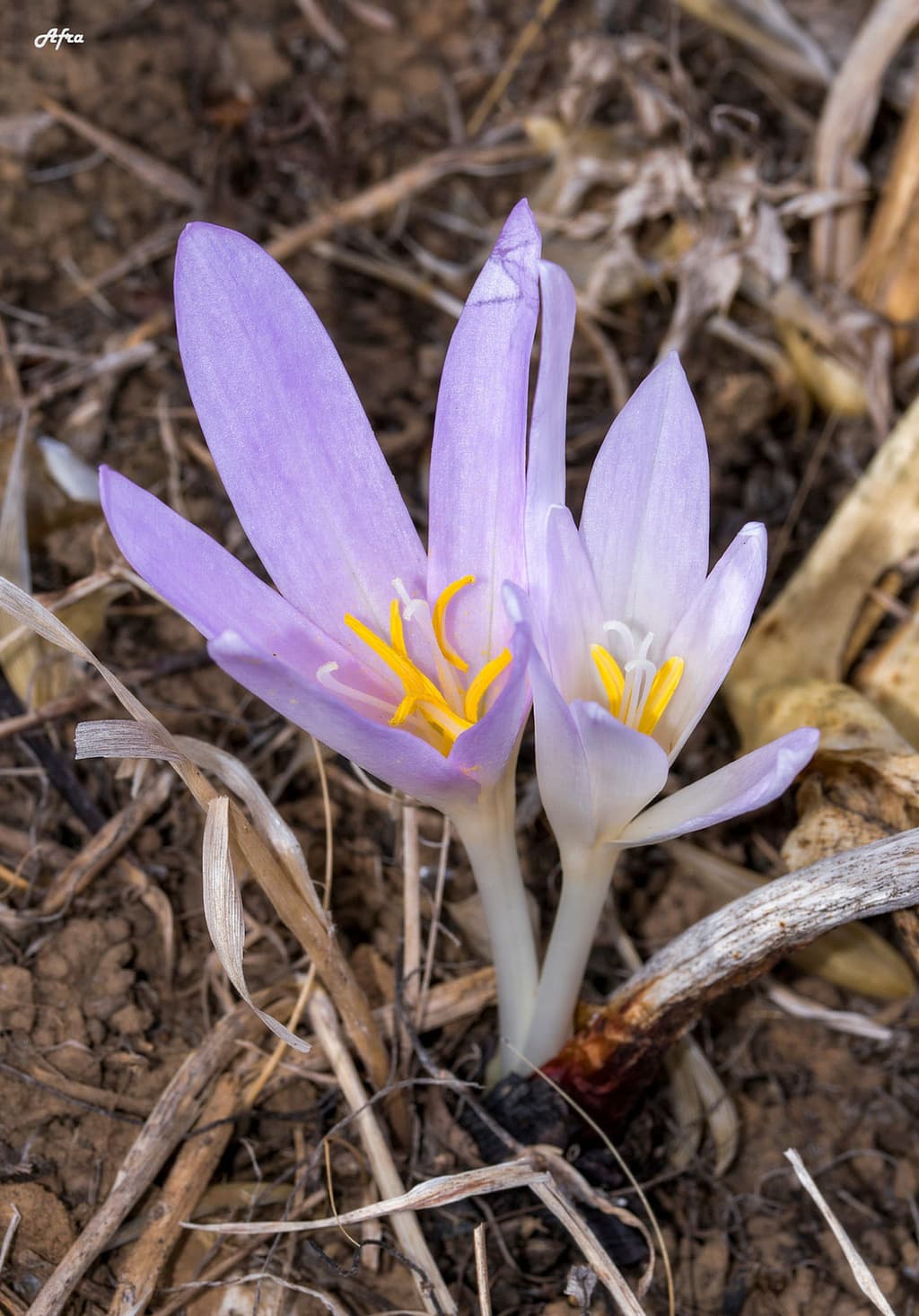
Colchicum Balansae - Balansa Colchico
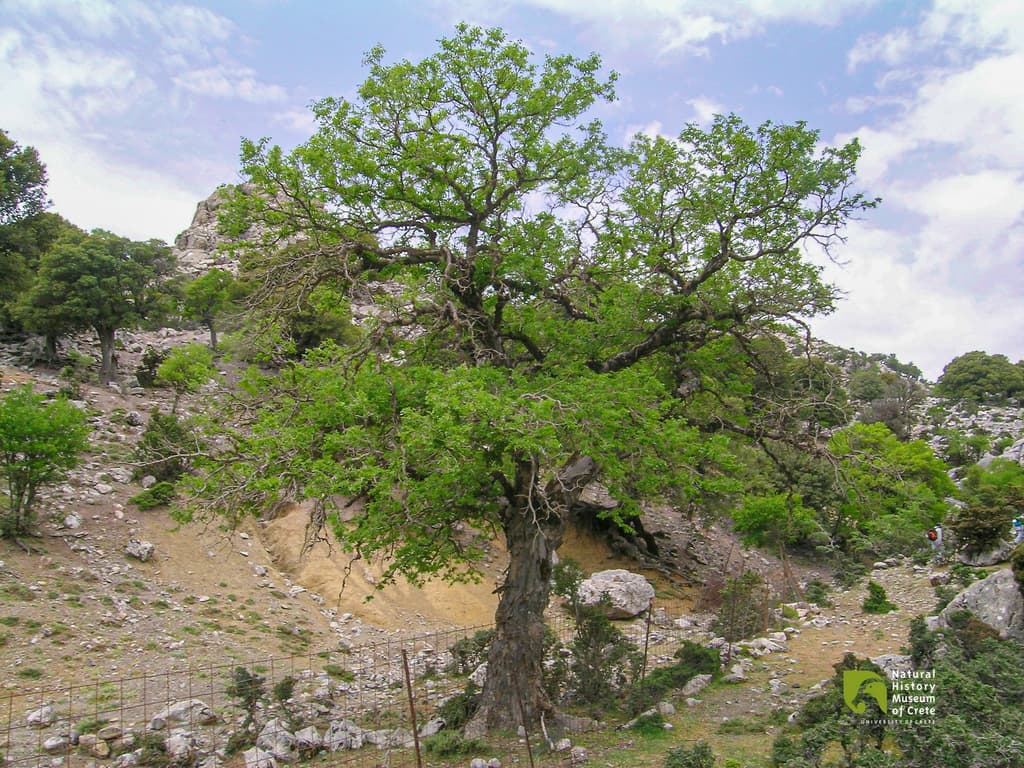
Cretan Zelkova
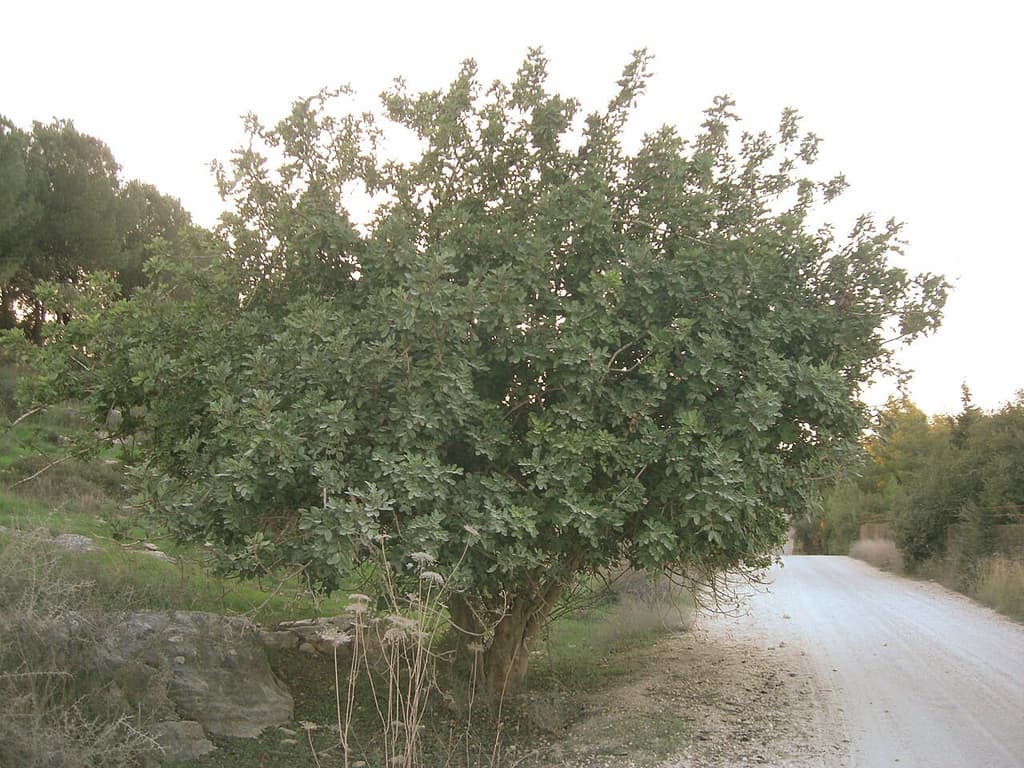
Carob Tree (Ceratonia Siliqua)
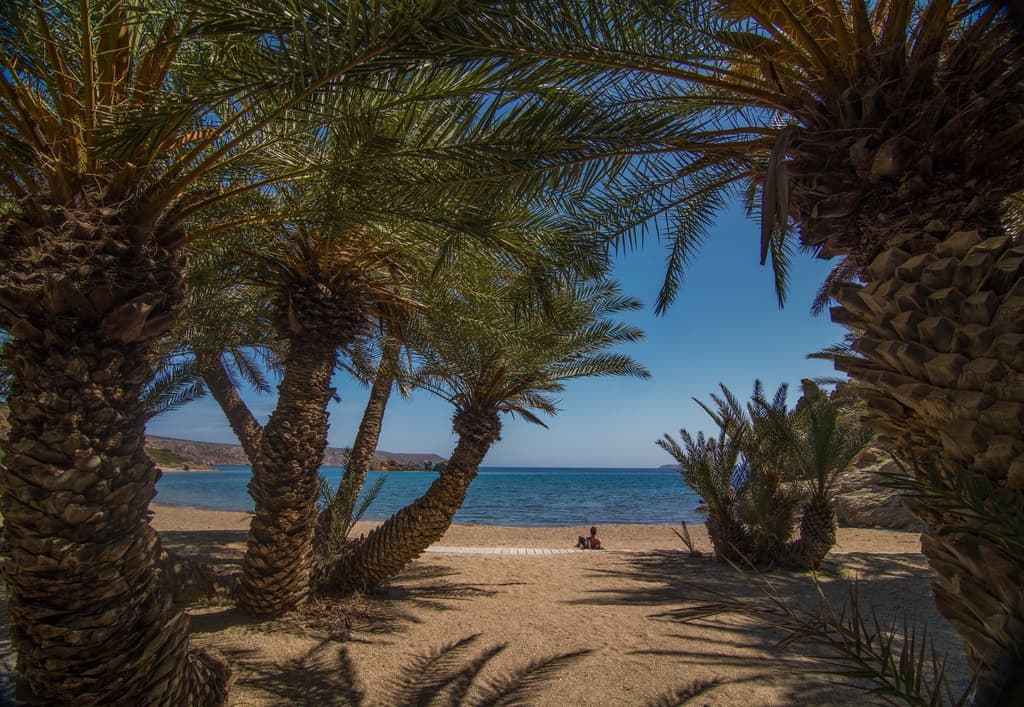
The Cretan Date Palm
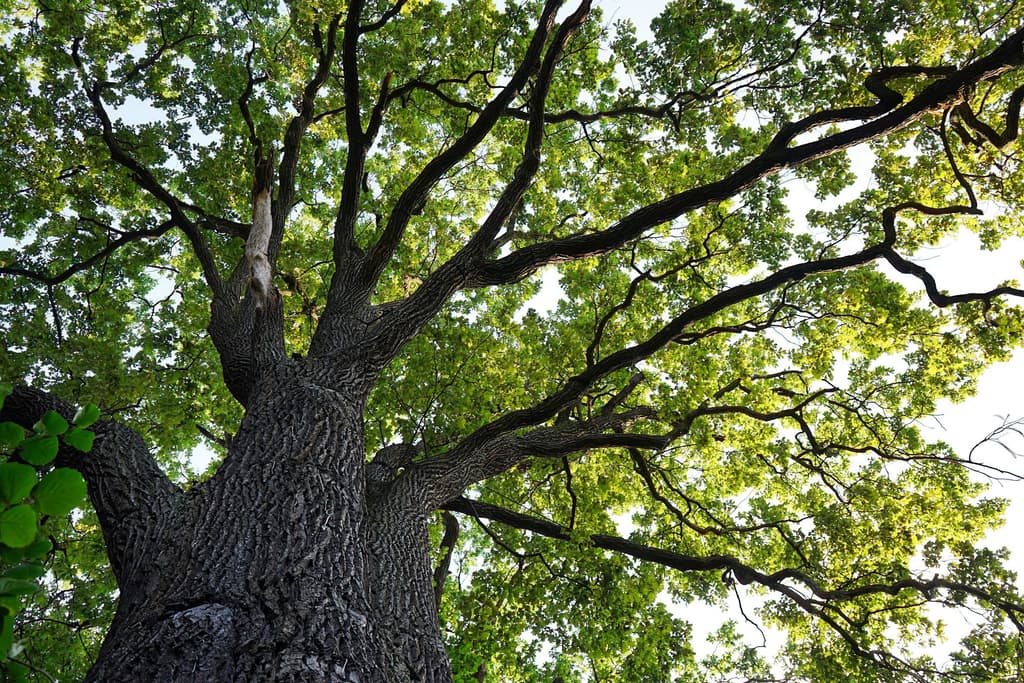
Kermes Oak (Quercus Coccifera)
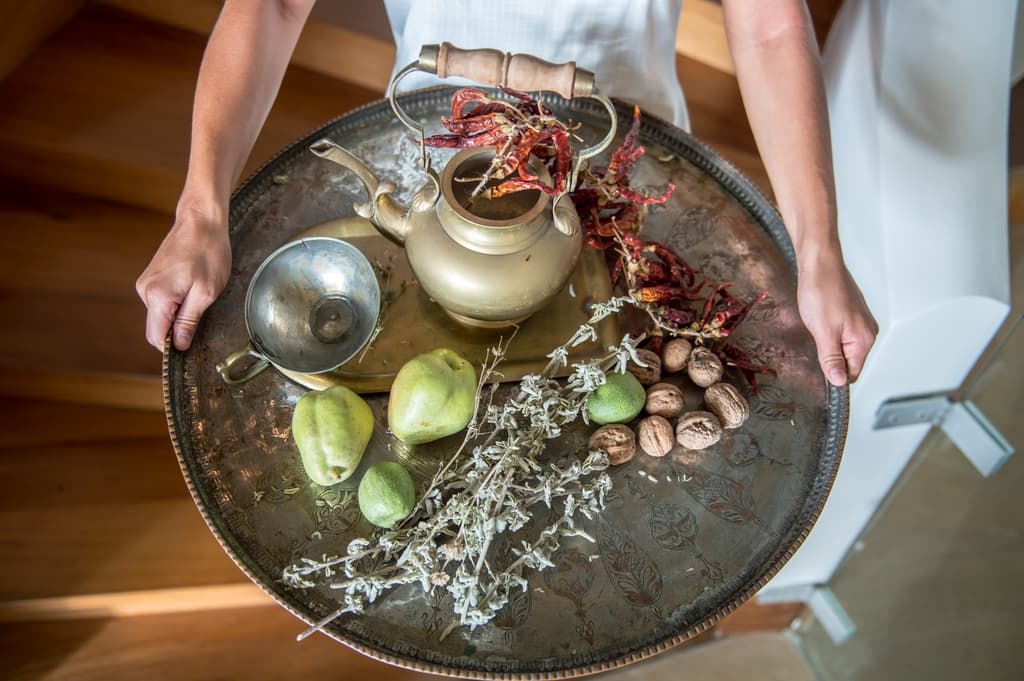
Ironwort
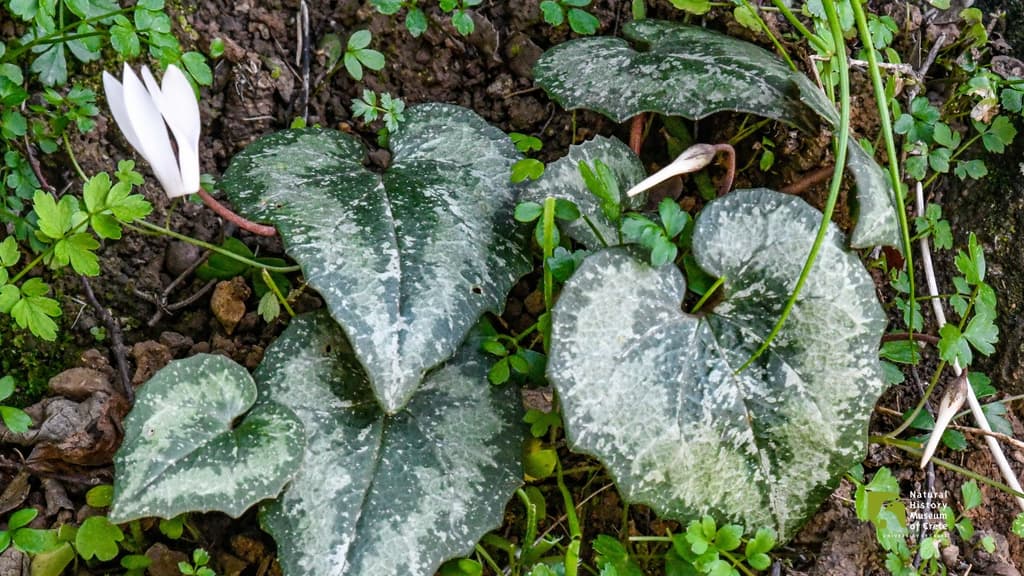
Cretan Cyclamen
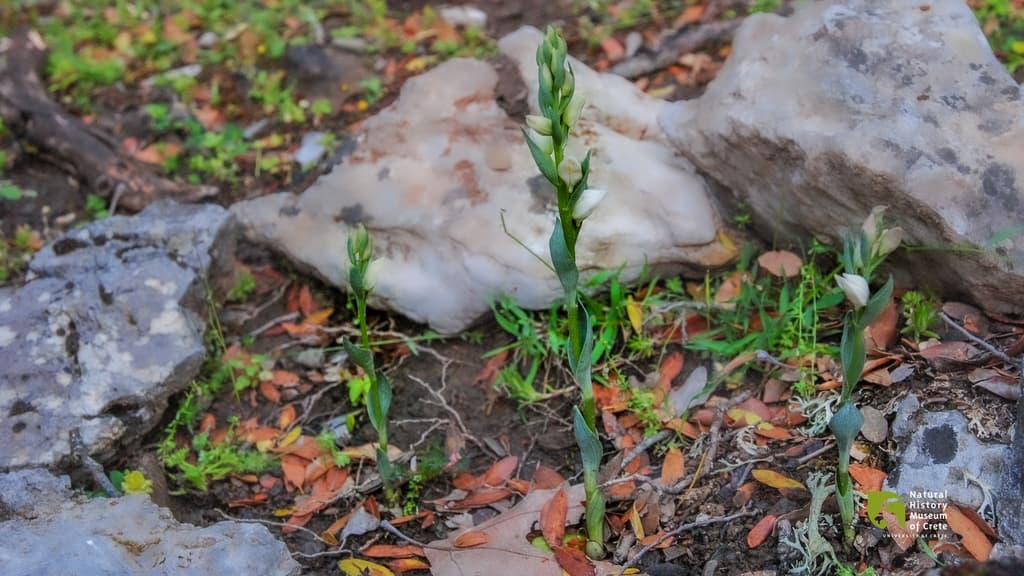
The Cretan Cephalanthera
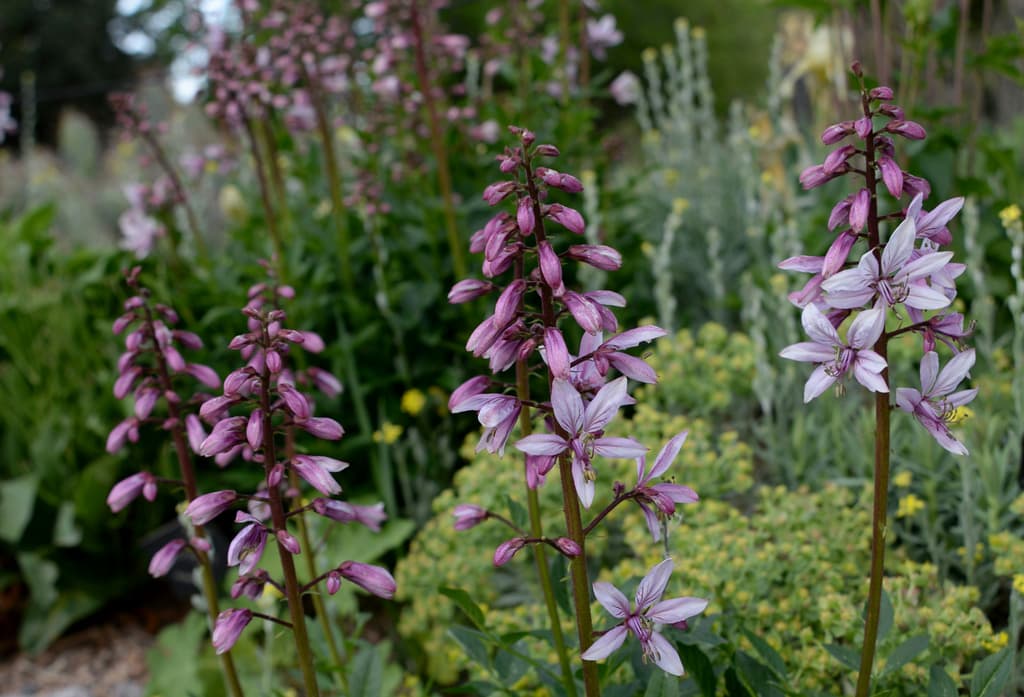
Dittany
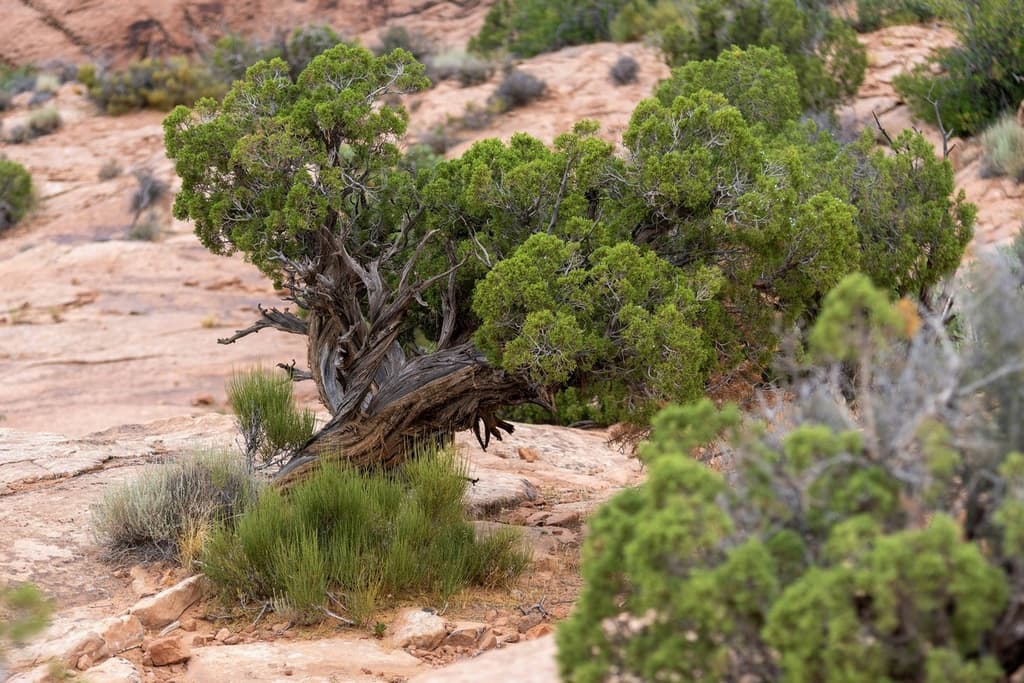
Phoenician Juniper and Large-Fruited Juniper

Gallipoli Rose
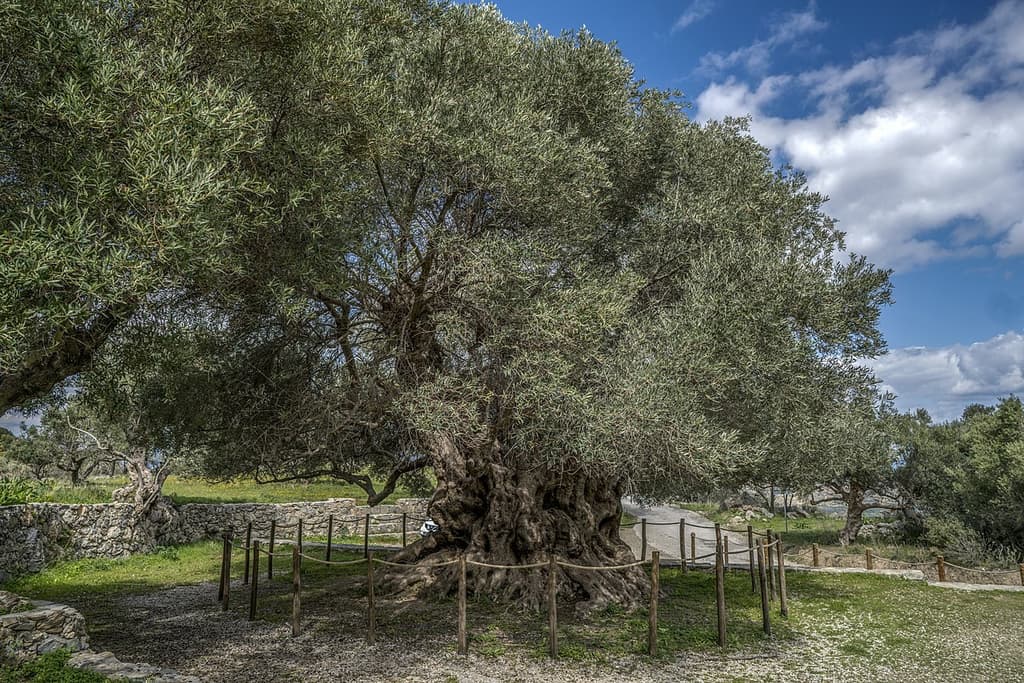
Natural Monuments
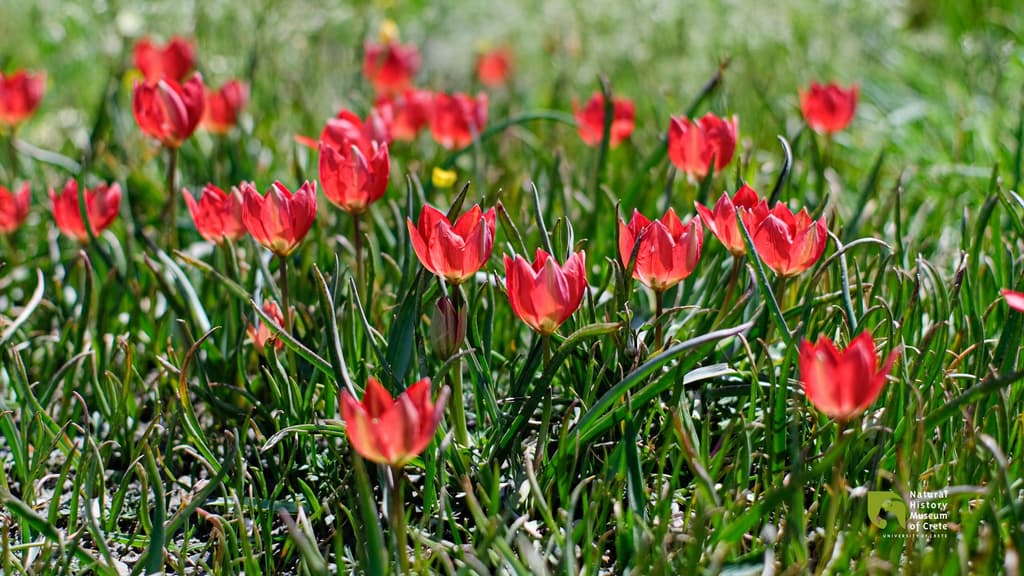
Lilac Wonder (Tulipa doerfleri)

The Ancient Olive Tree of Vouves

The Olive Tree of Azorias
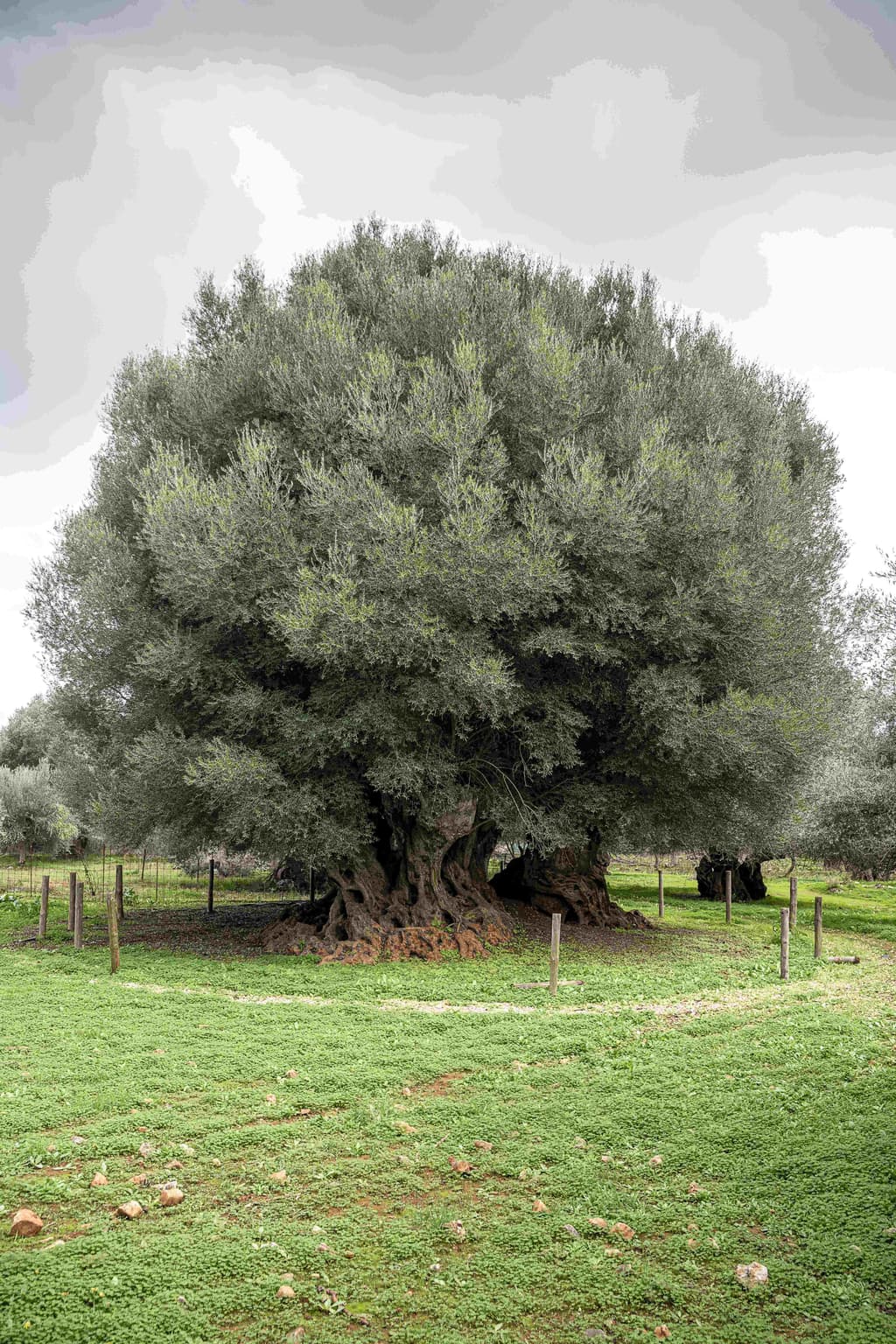
Olive tree of Samonas
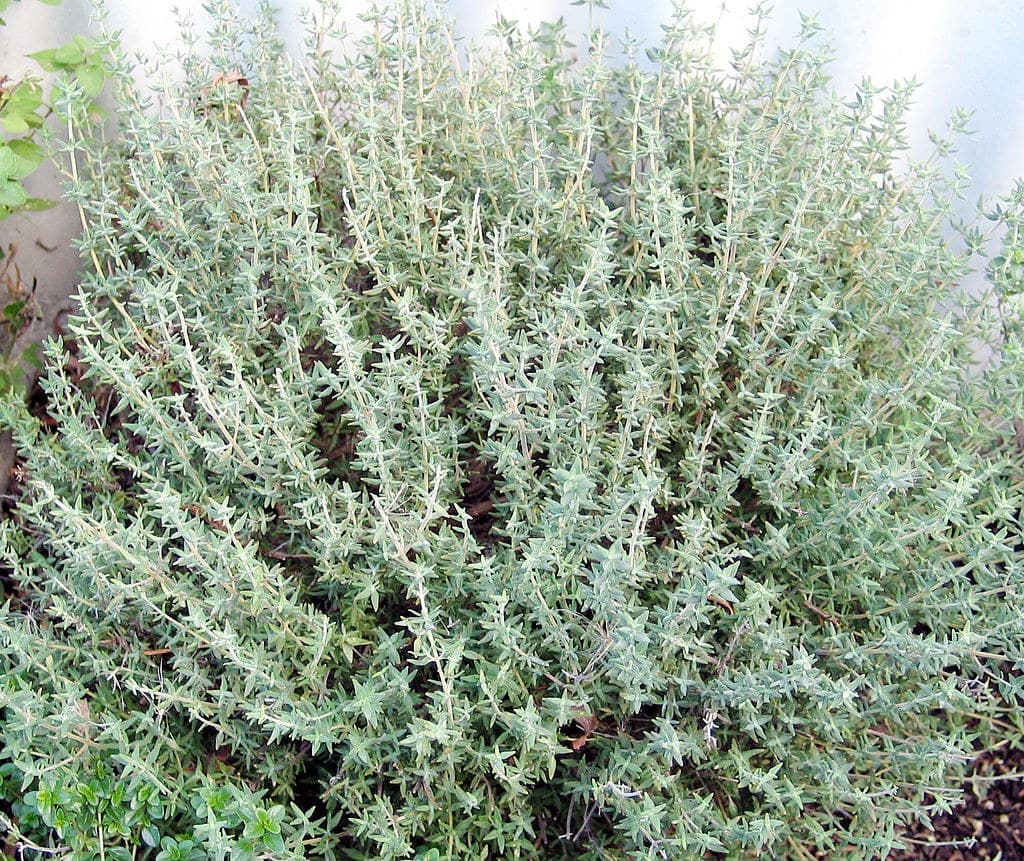
Thyme
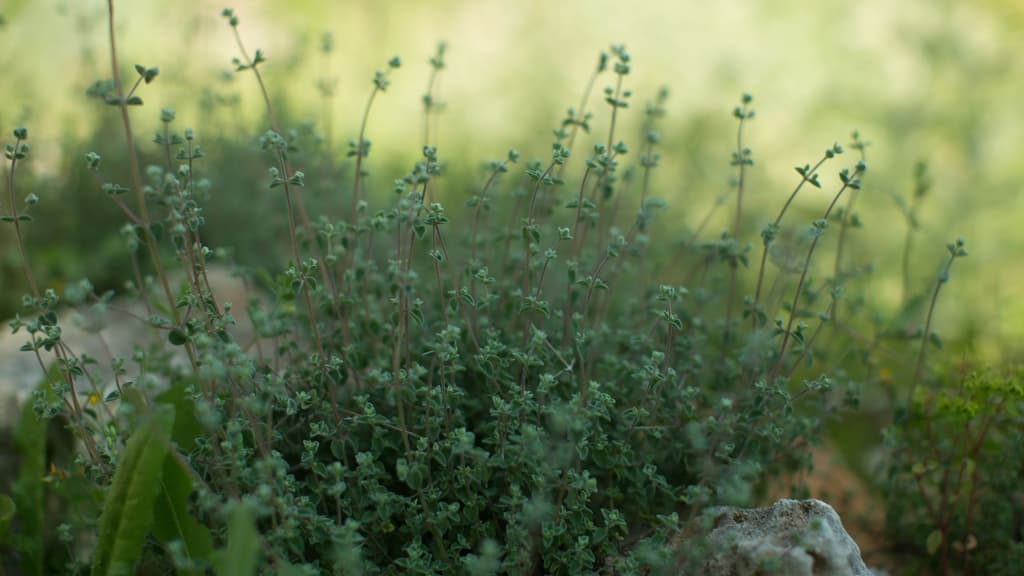
Oregano

Camomile
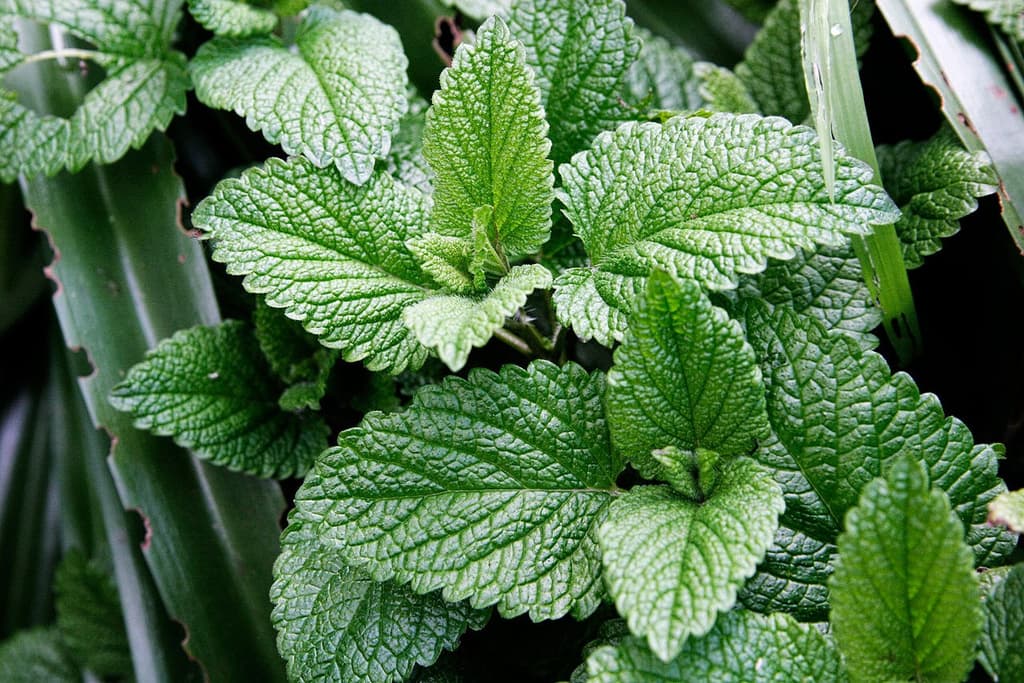
Mint
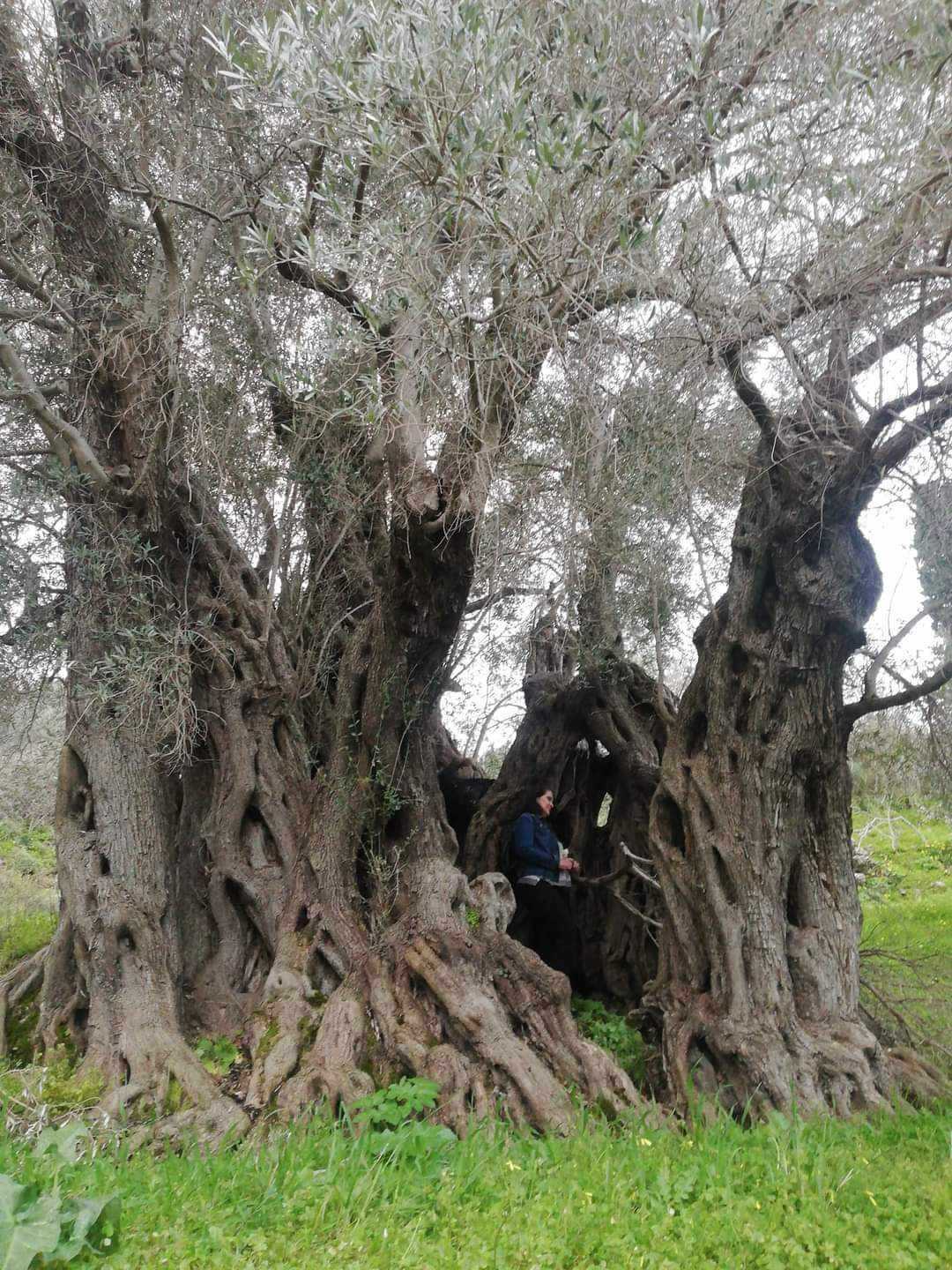
Preserving the Heritage: Ancient Olive Trees of Crete
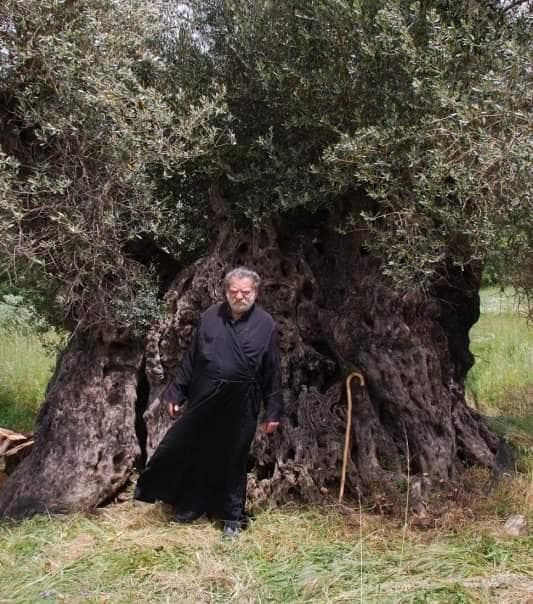
The Ancient Olive Tree of Vrysses, Amari

Bali's Ancient Olive Tree: Documented in Preservation Efforts
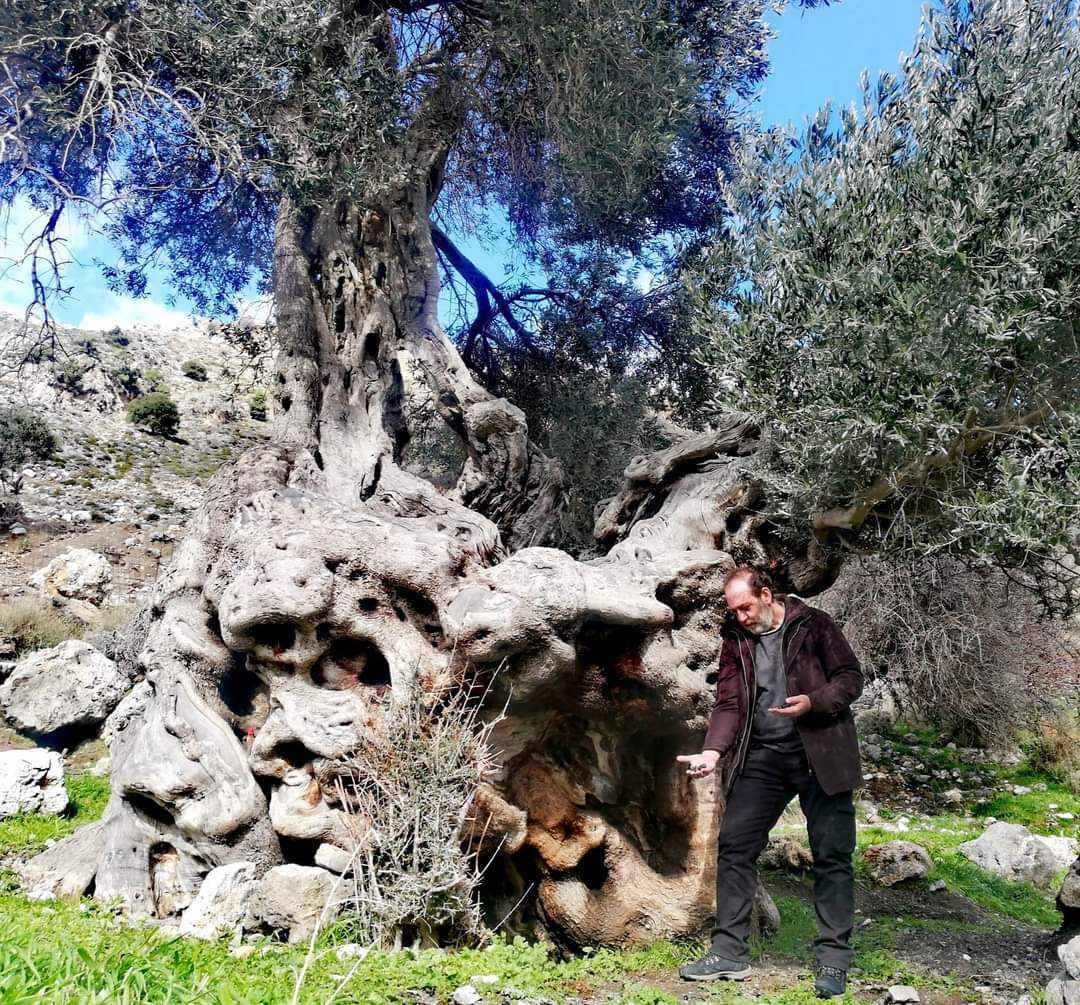
Gra Elia (The Old Olive Tree)
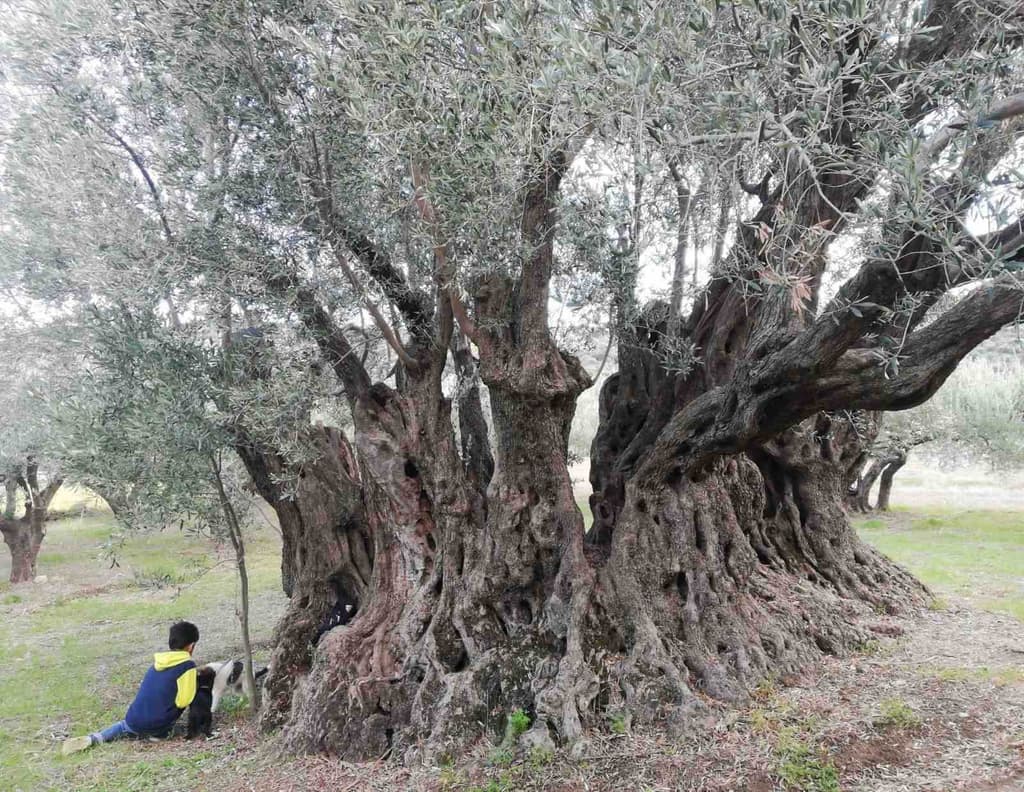
The Ancient Olive Tree of Kato Asites: Host to the 1st Olive Festival
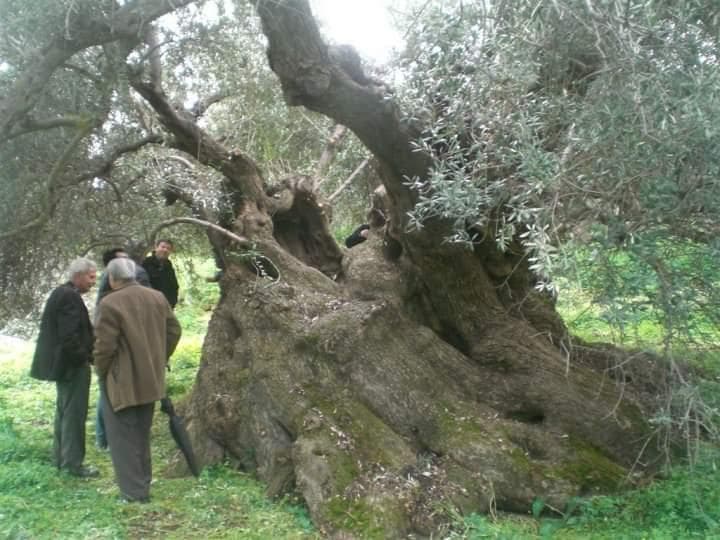
Sitia's Ancient Olive Tree: A Record of Preservation Initiatives

Asperula Crassula
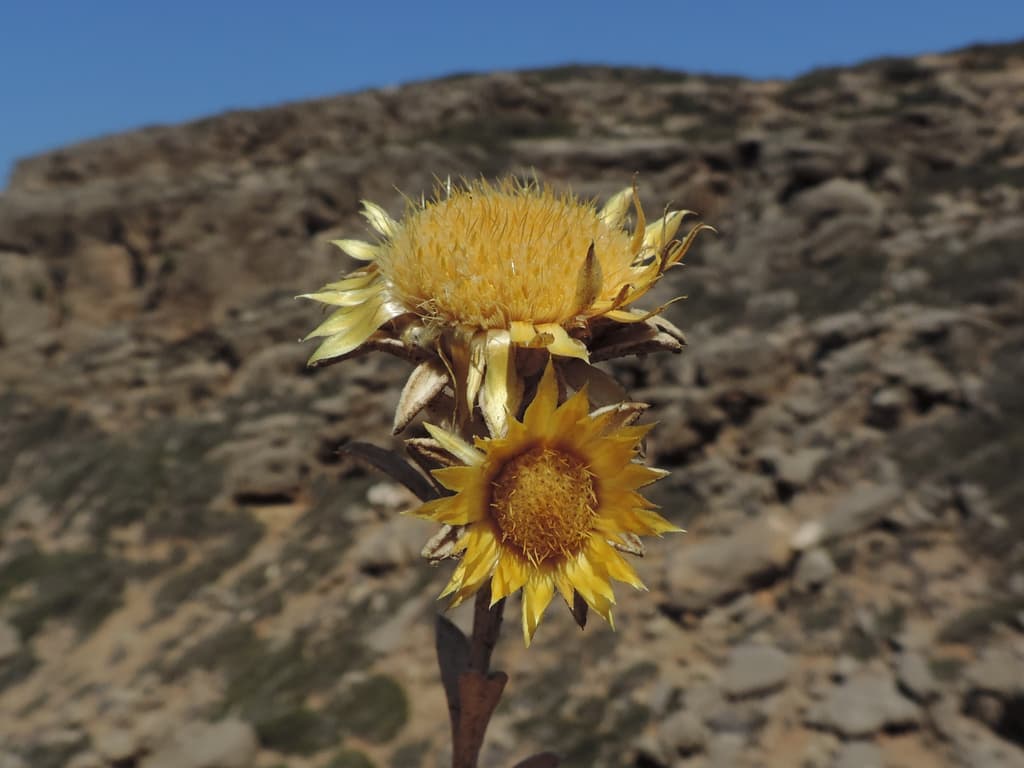
Carlina diae, Carlina of Dia

Anthemis Filicaulis, Slender-stemmed Chamomile

Dianthus Fruticosus Subsp. Sitiacus

Silene Holzmannii
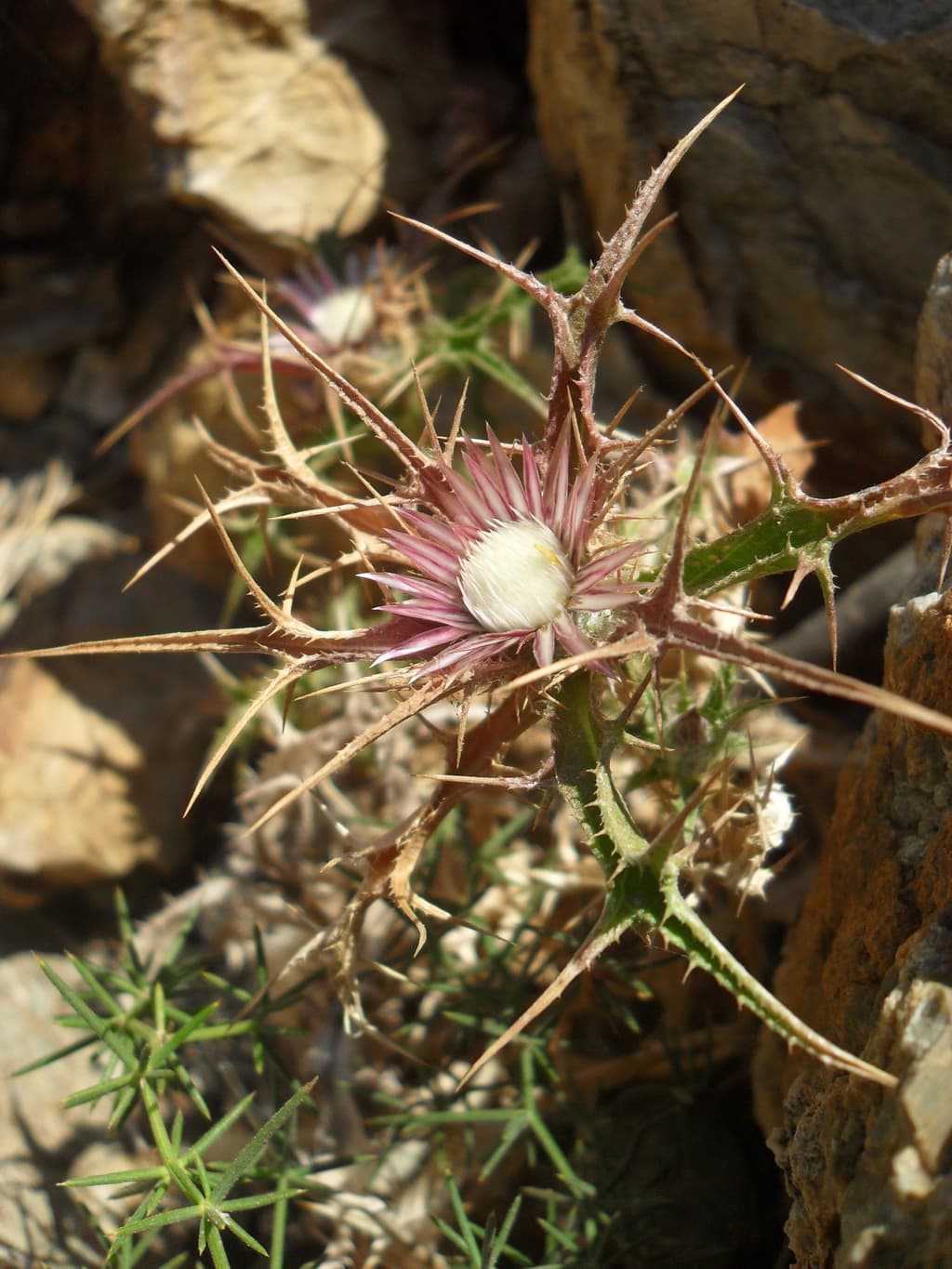
Carlina Sitiensis
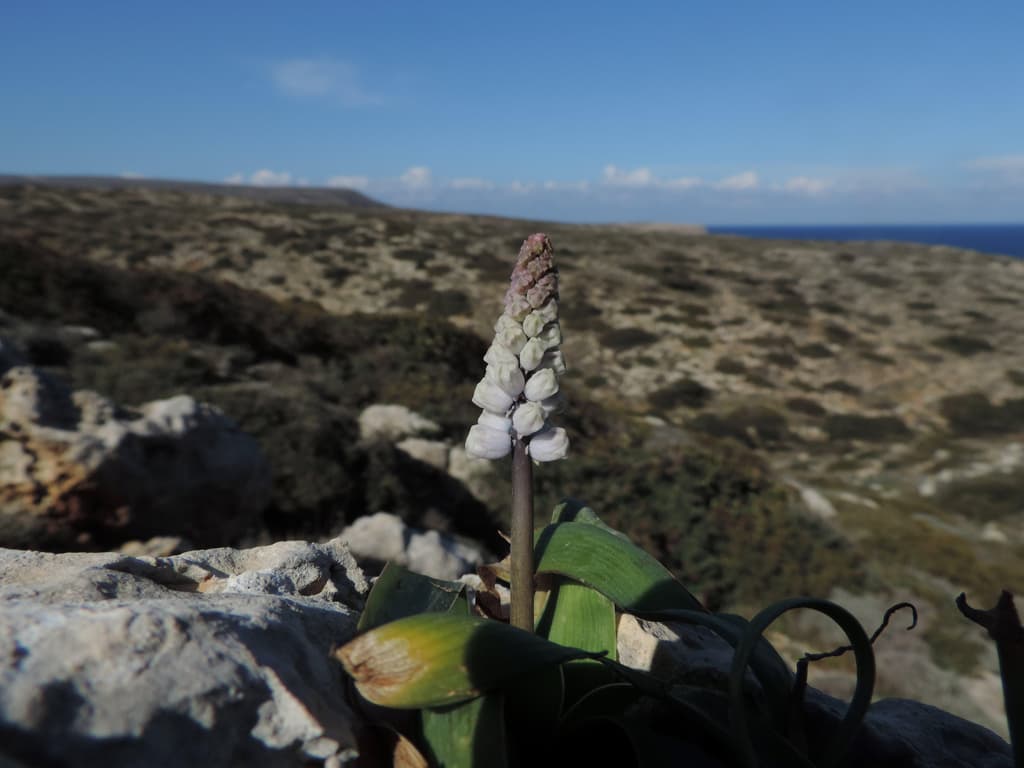
Bellevalia Sitiaca

Limonium Sitiacum
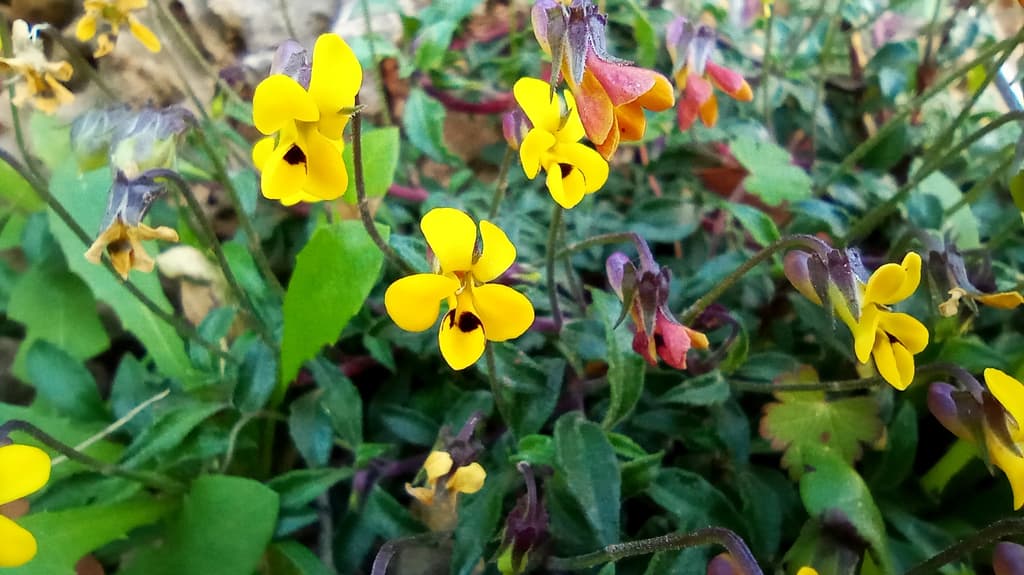
Viola Scorpiuroides
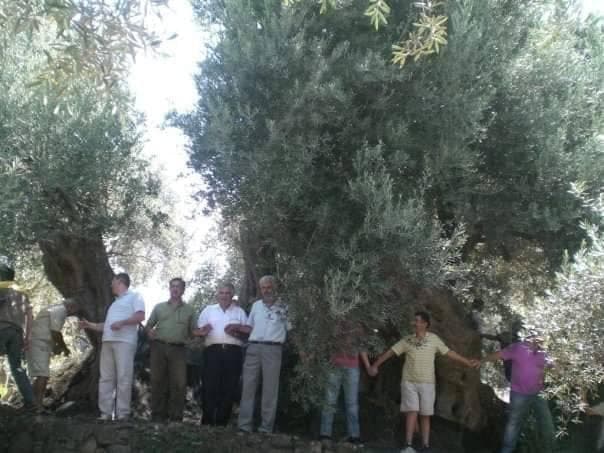
The Ancient Olive Tree of Kakodiki
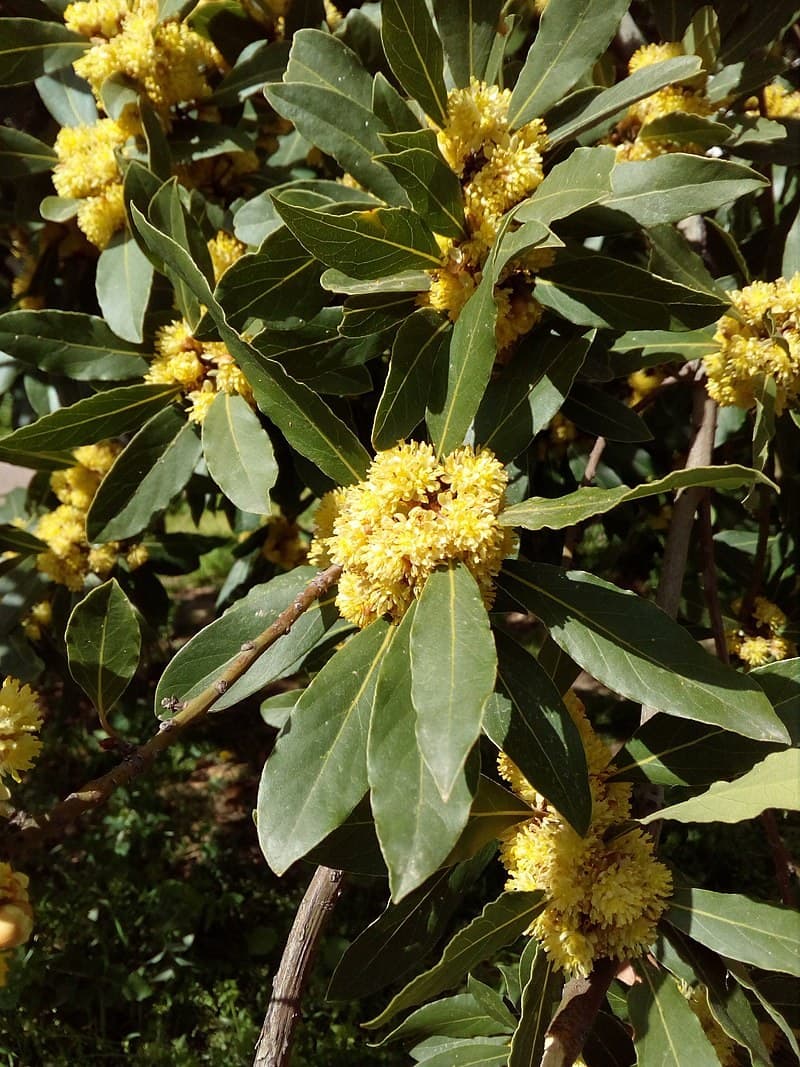
Laurel
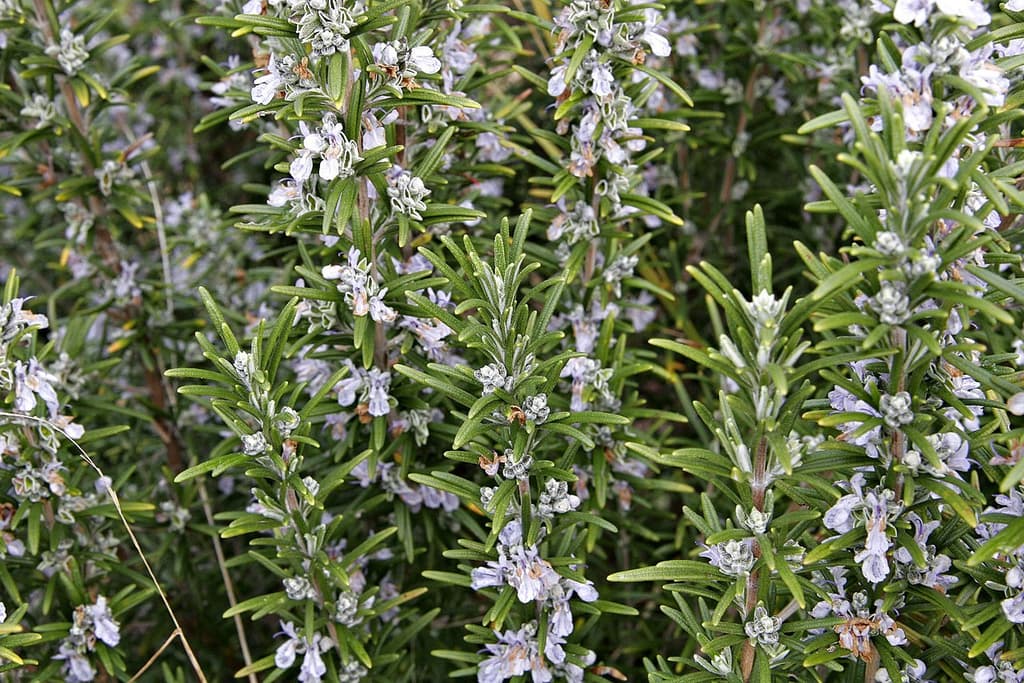
Rosemary
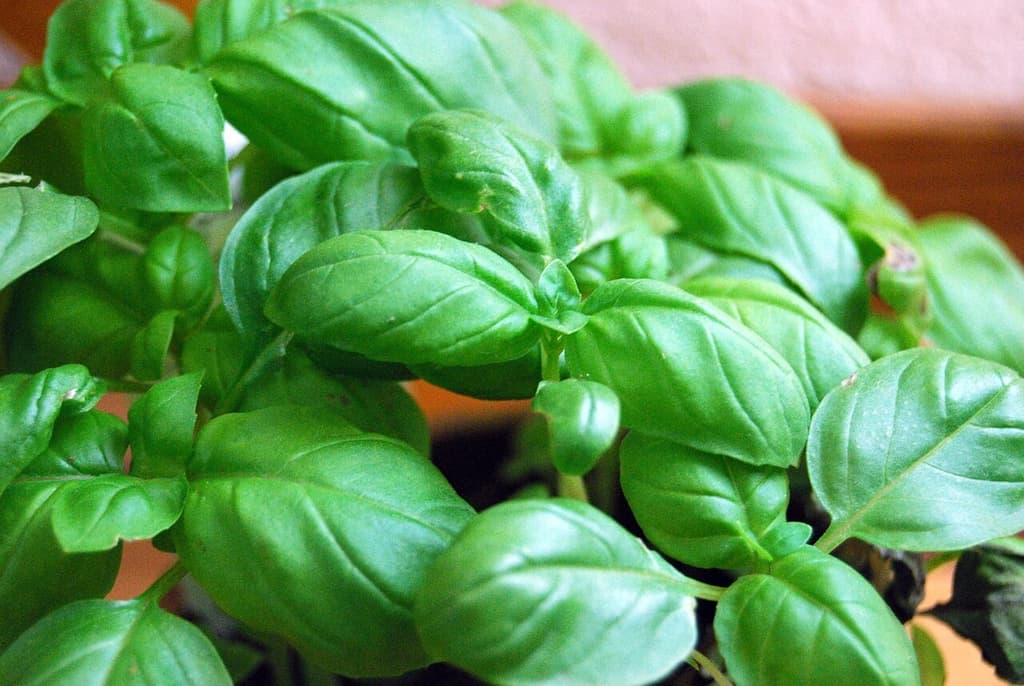
Common Basil

Honeysuckle
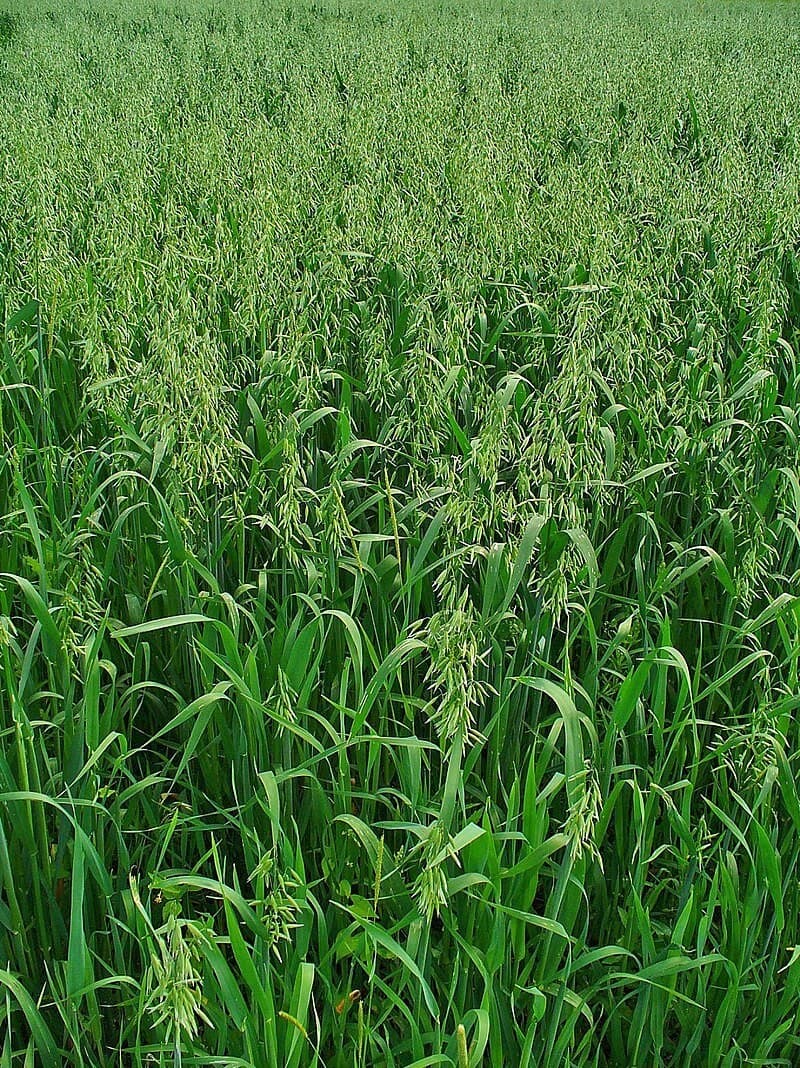
Oat
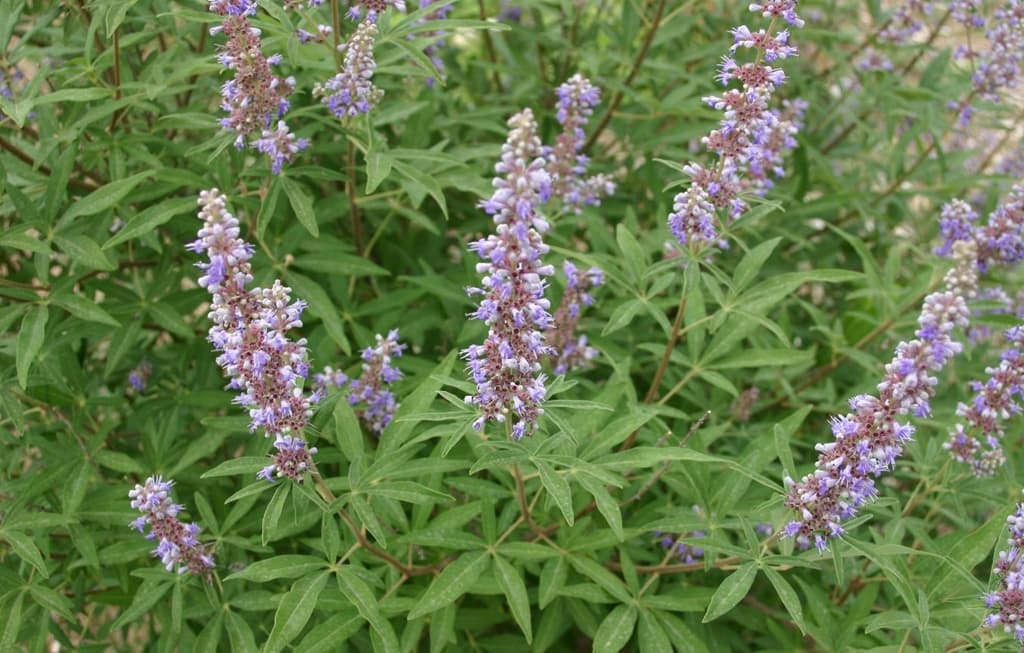
Chaste tree
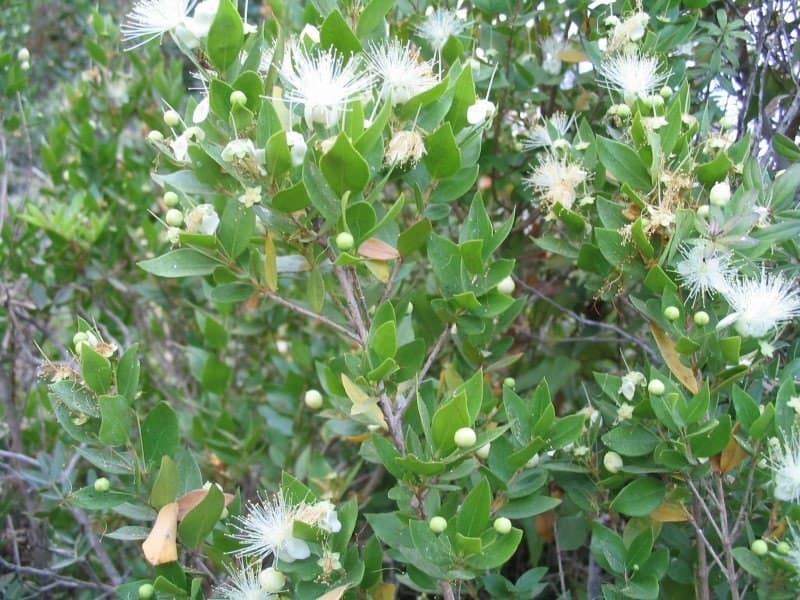
Myrtle
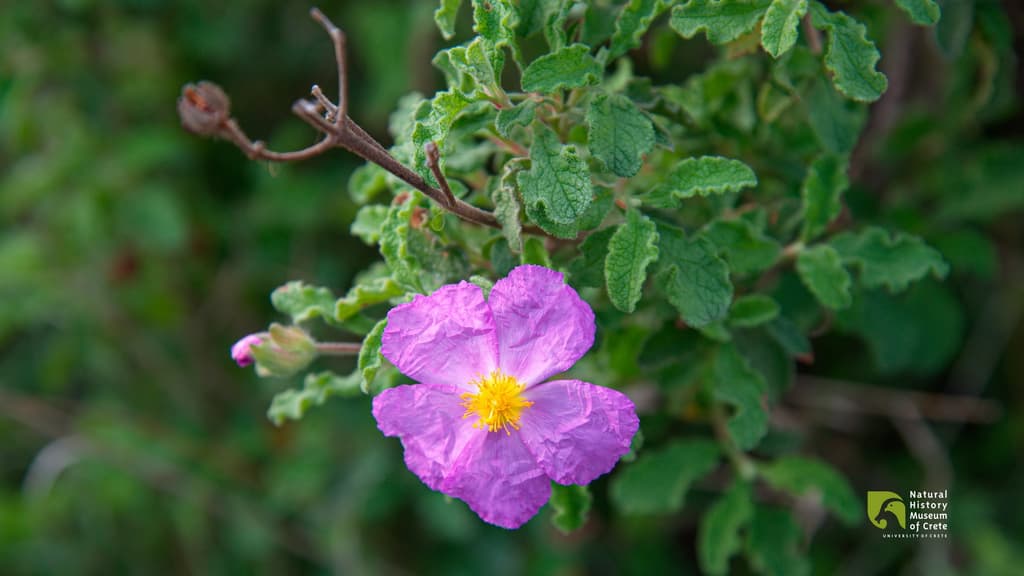
Cretan Rockrose

Ophrys Sitiaca
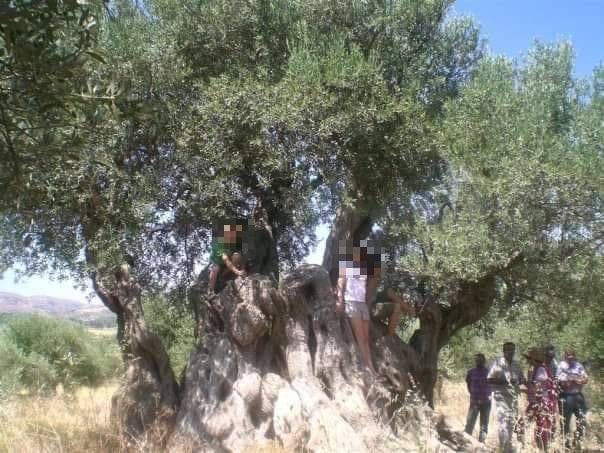
The Ancient Olive Tree of Viannos: Unveiling a Treasured Discovery
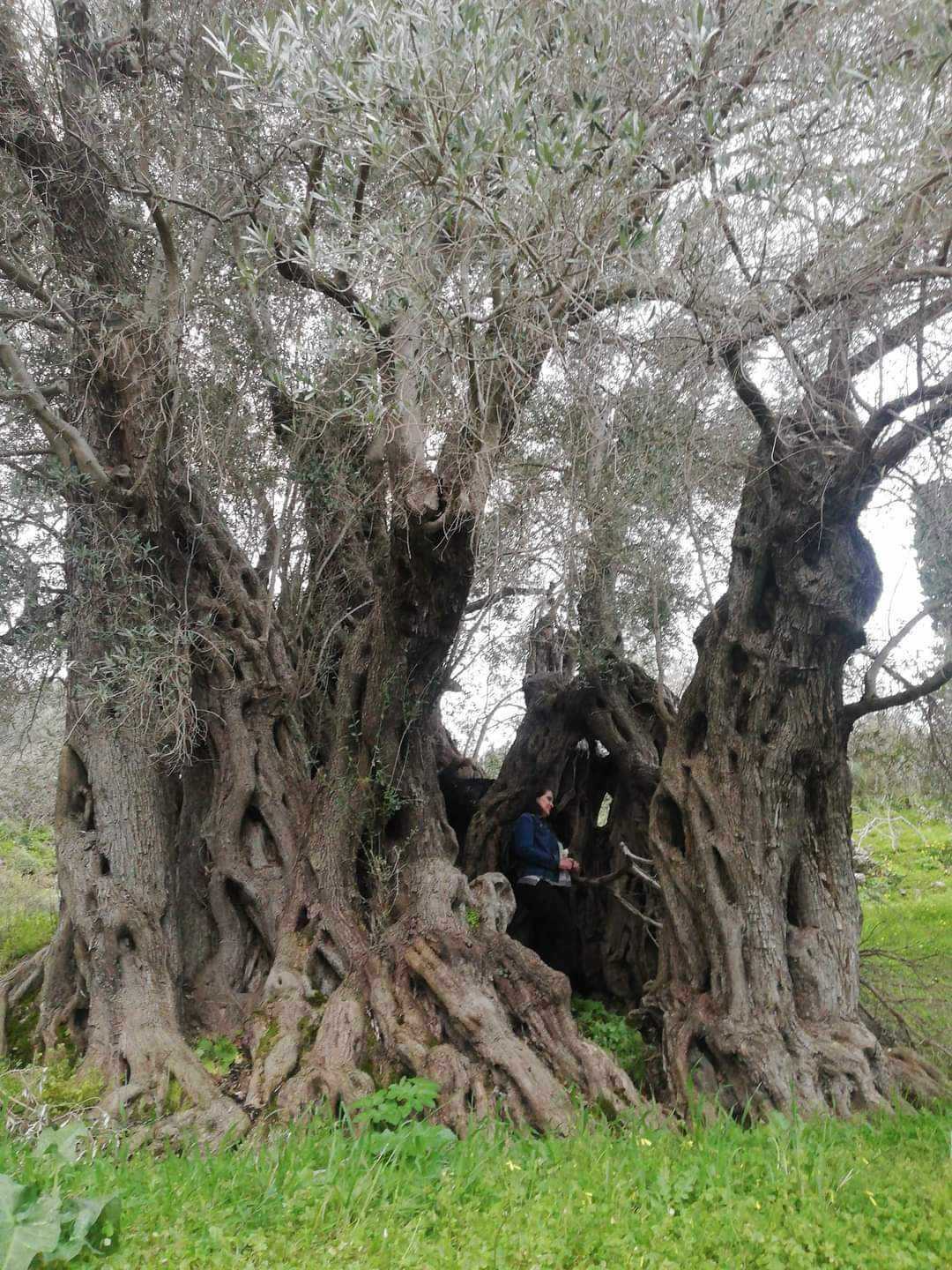
The Ancient Olive Tree of Fourfouras
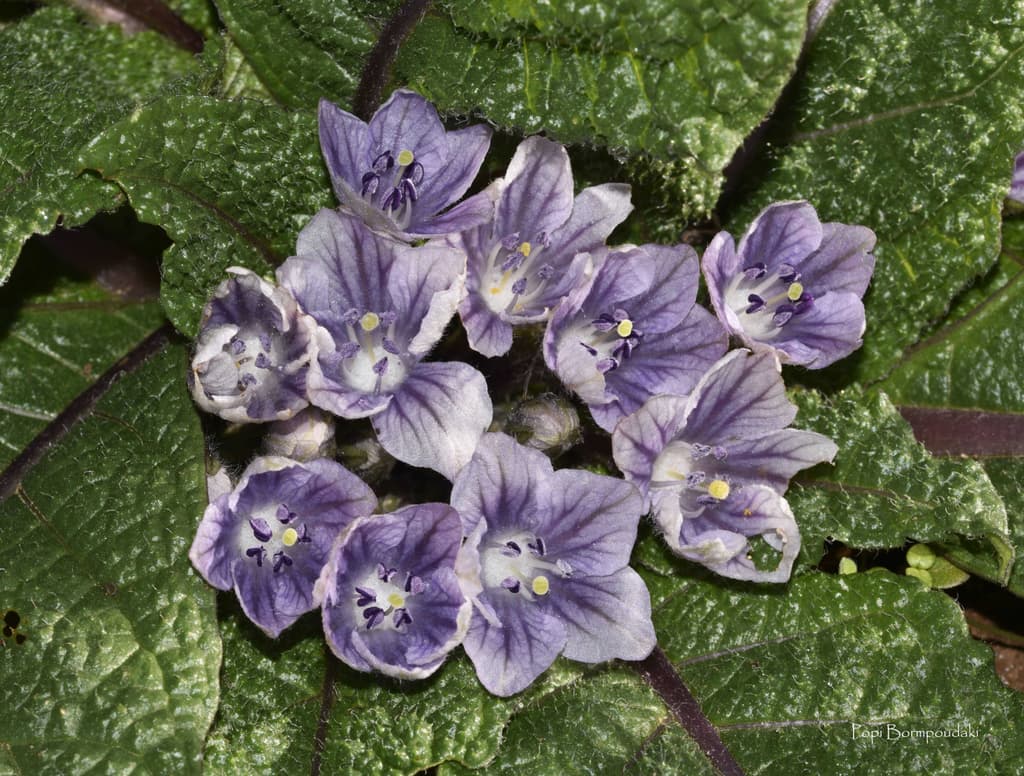
Mandrake
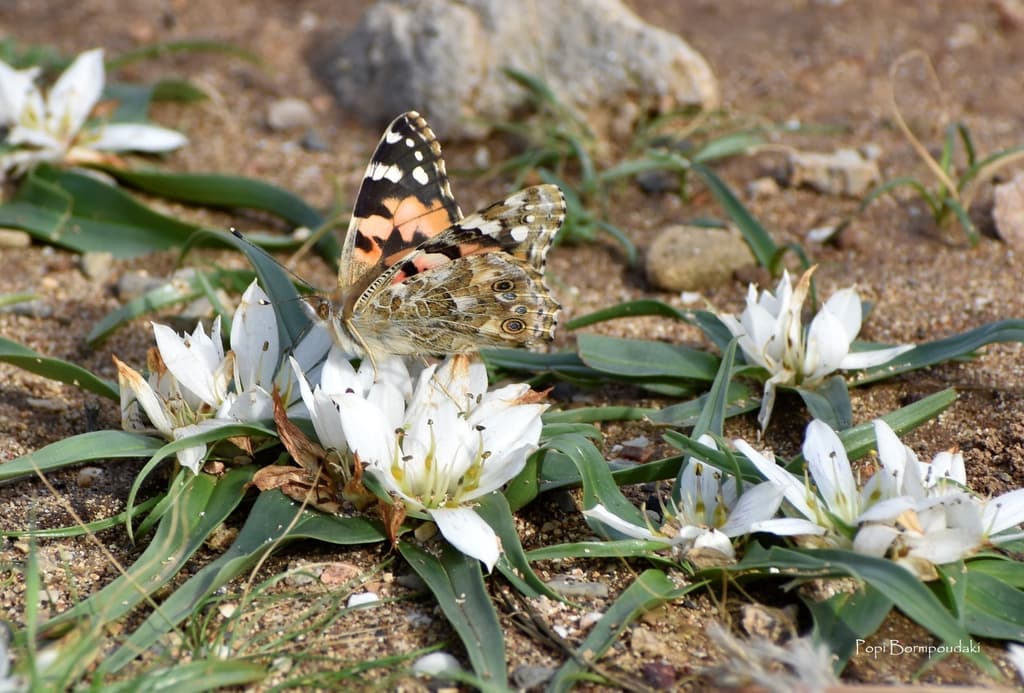
Androcymbium Rechingeri
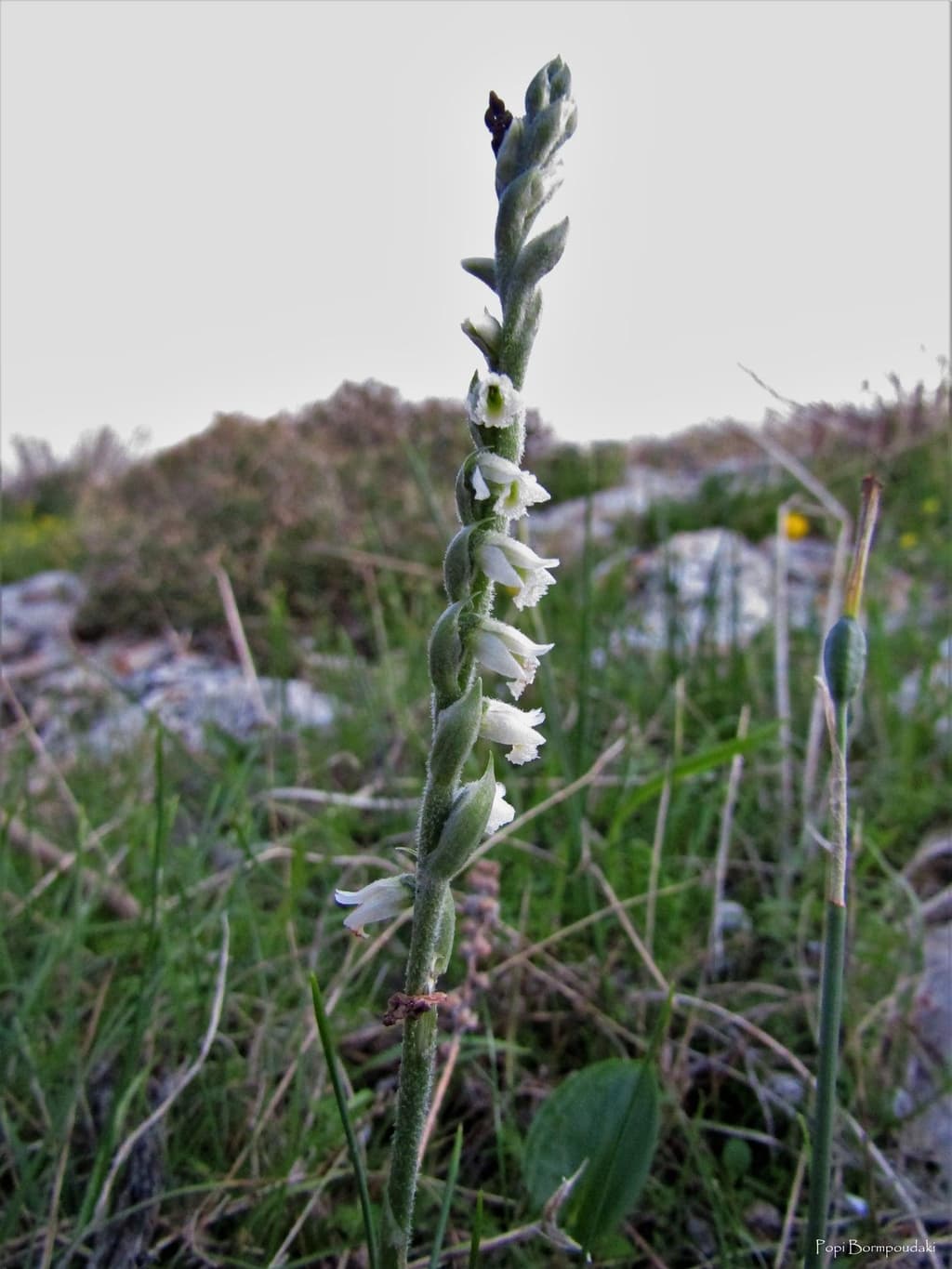
Autumn Lady's-tresses
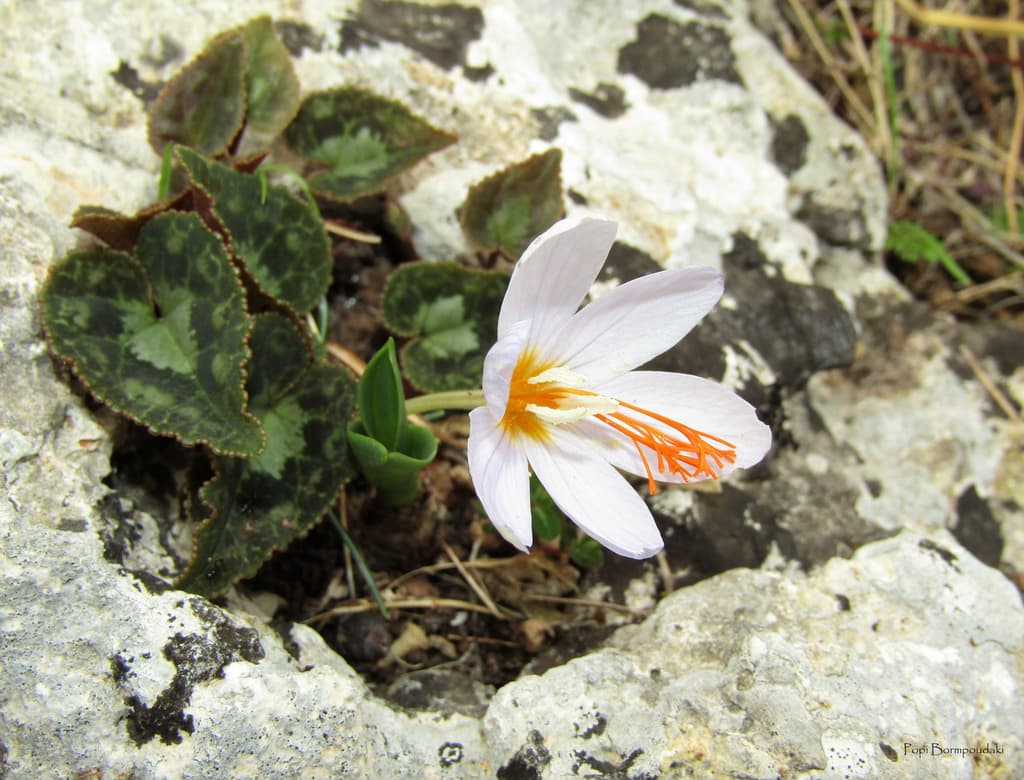
Tournefort Crocus
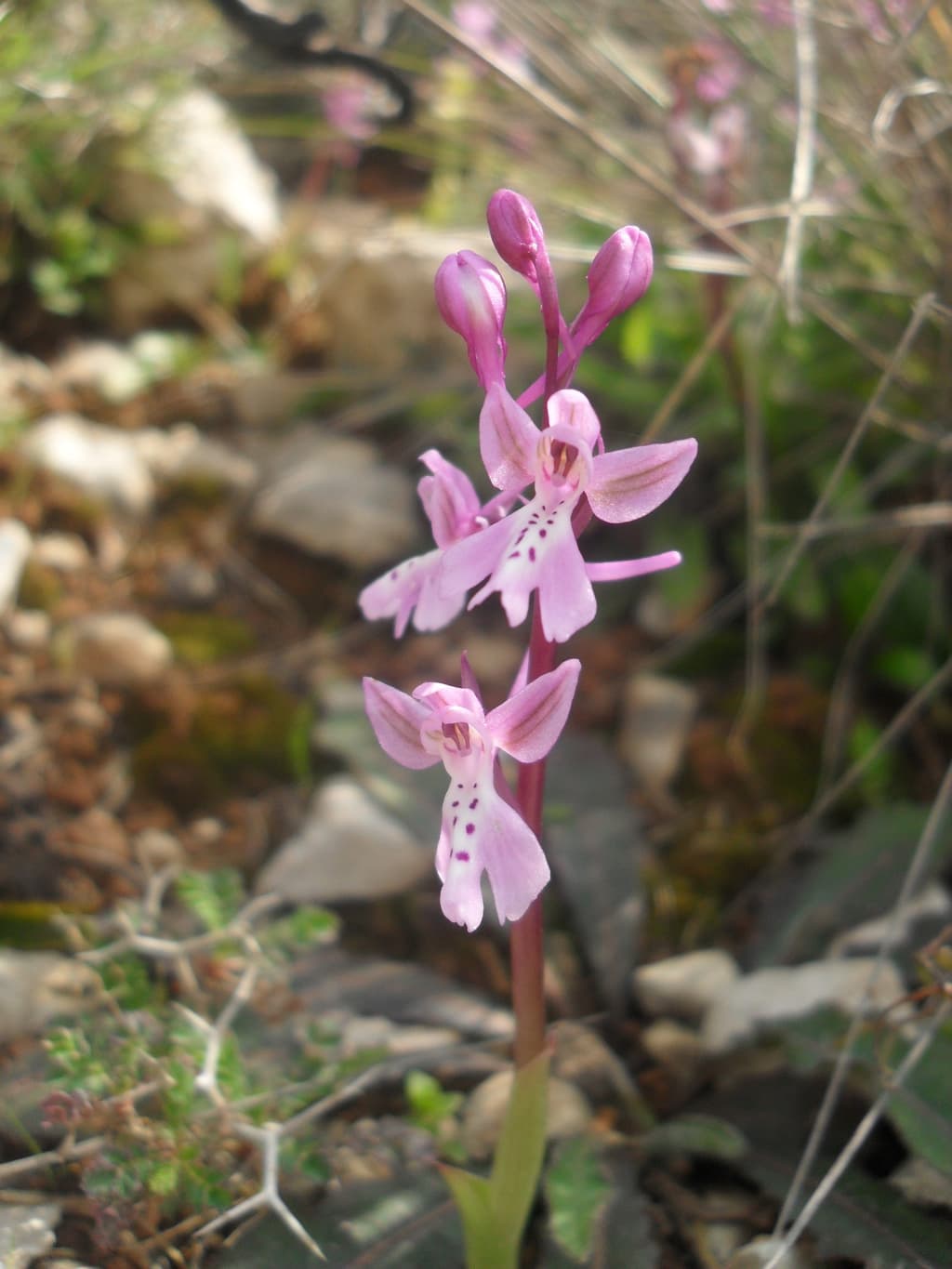
Orchis Sitiaca

Ancient Olive Tree in Kouroutes
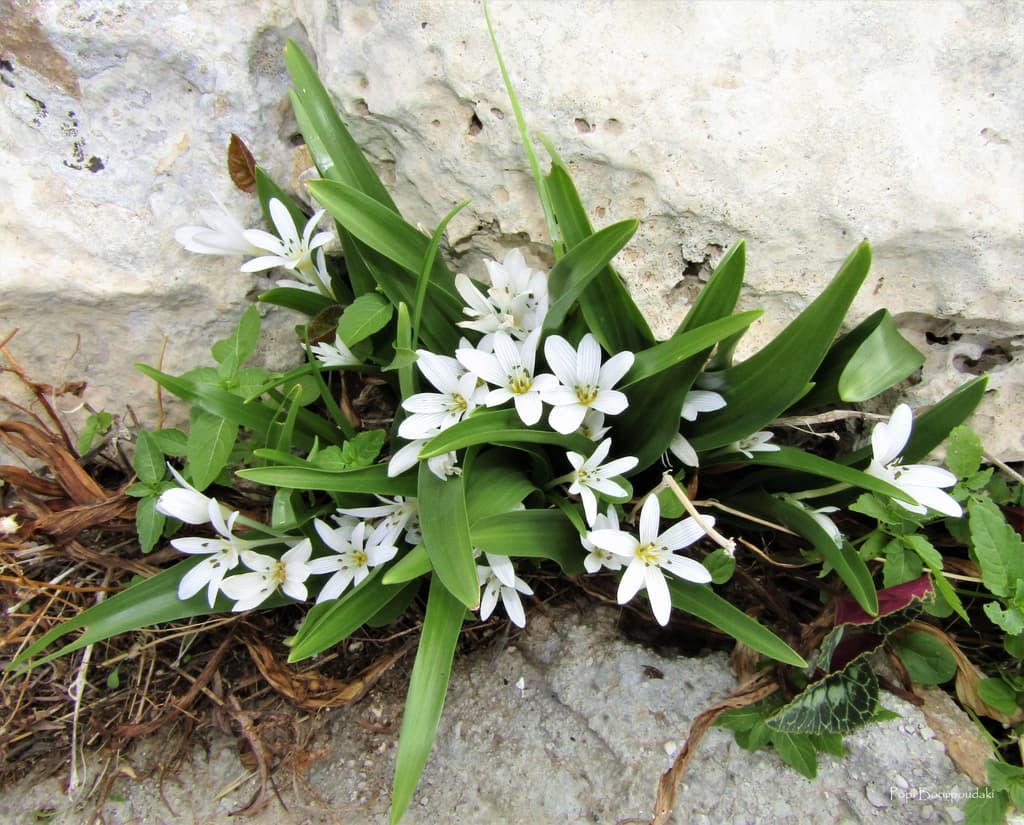
Mediterranean Meadow Saffron


